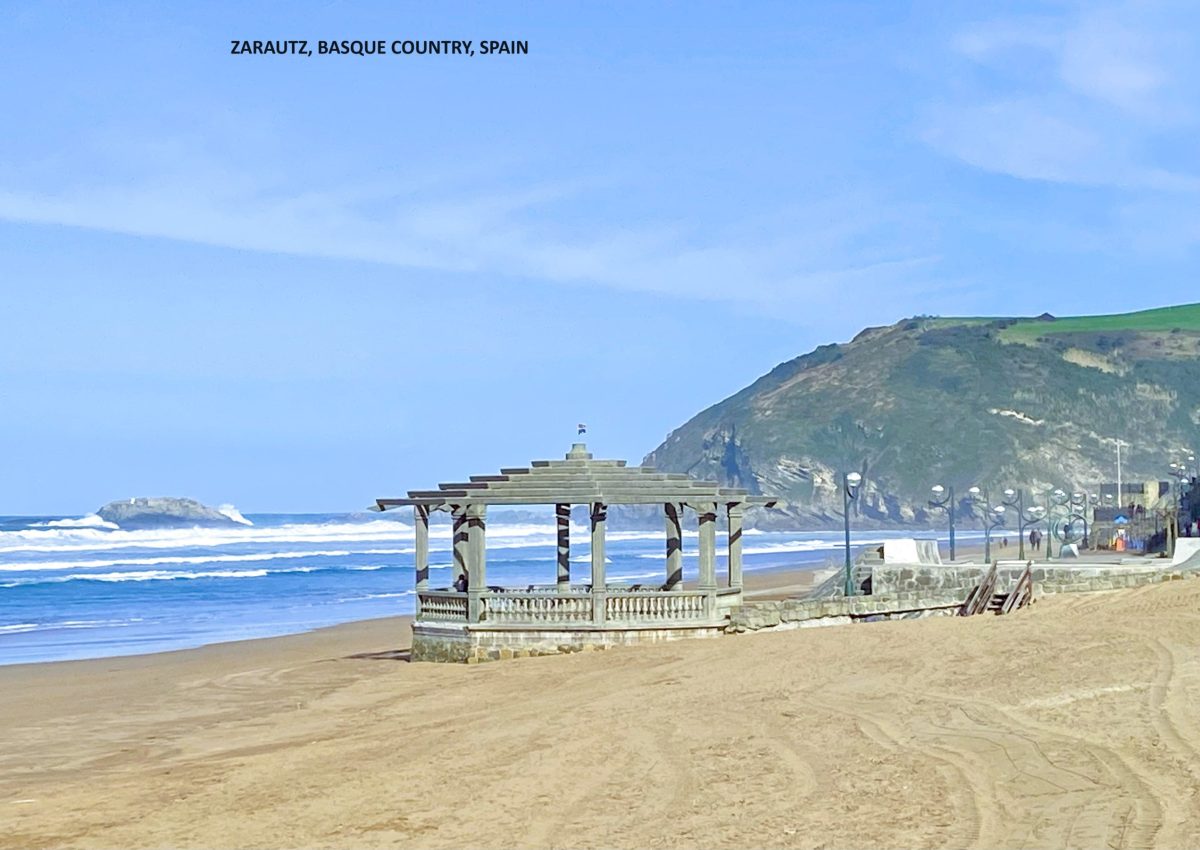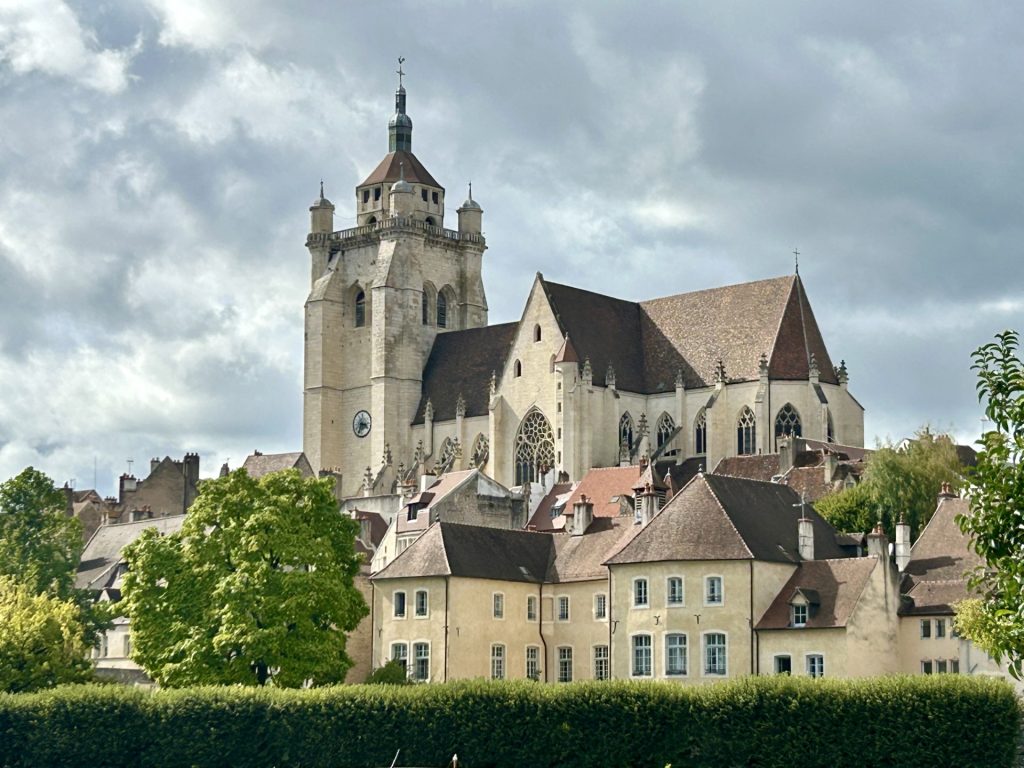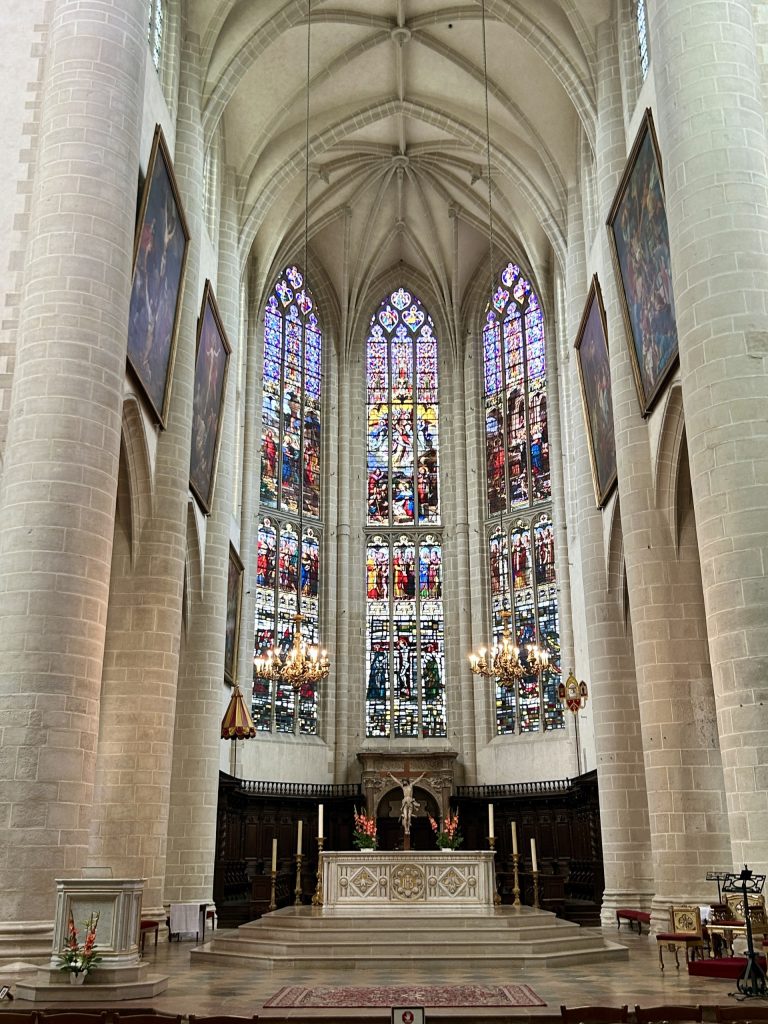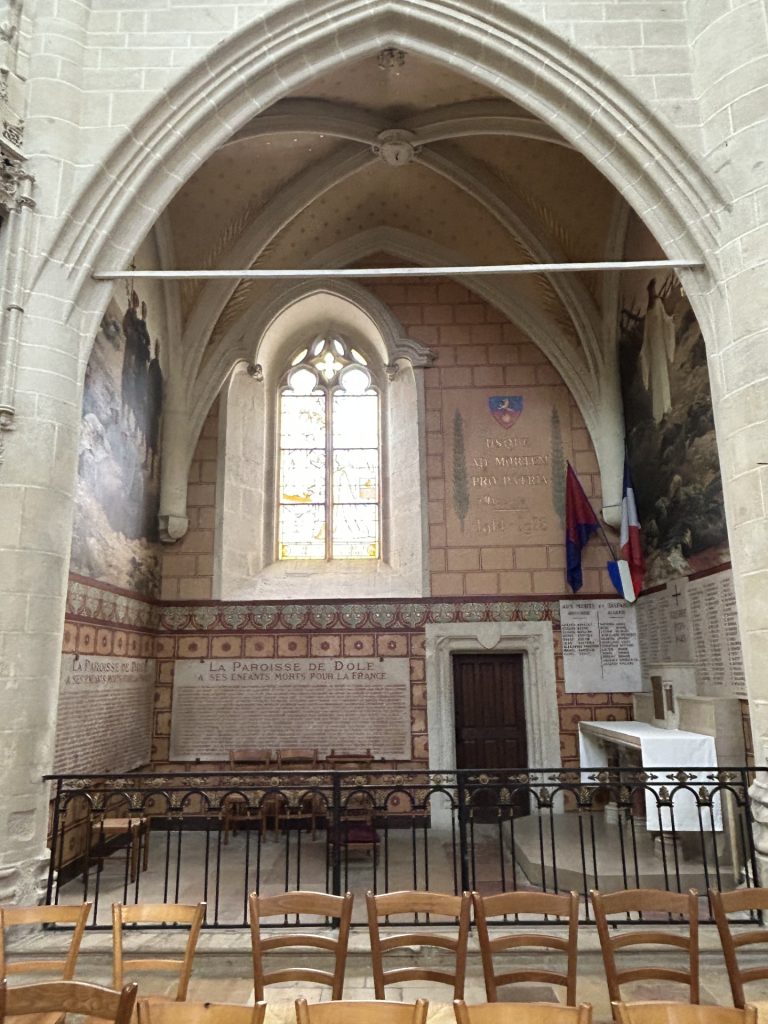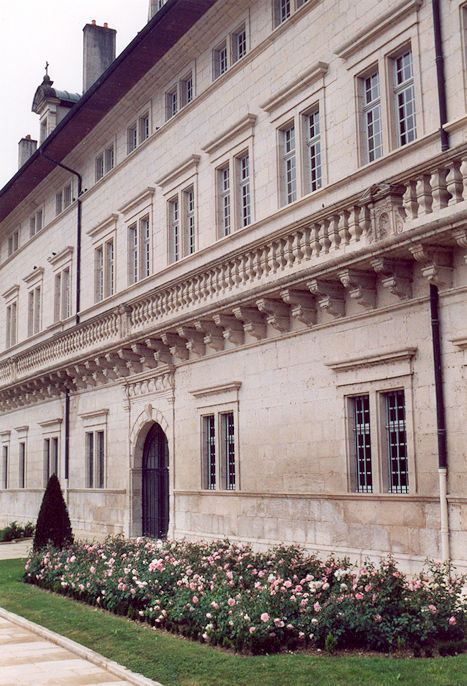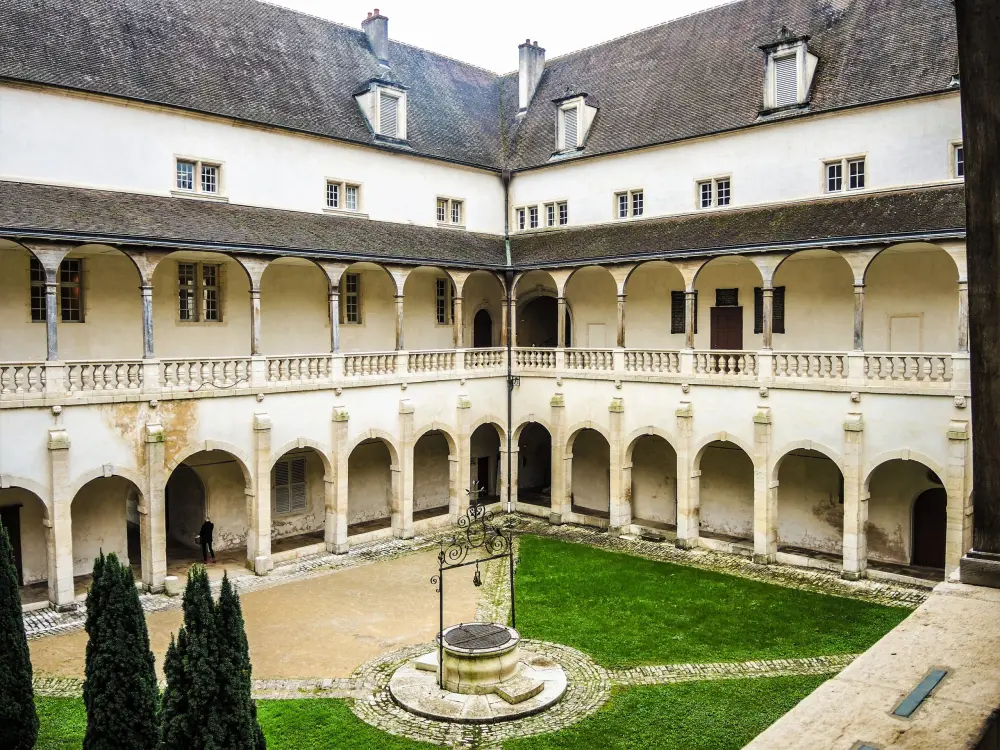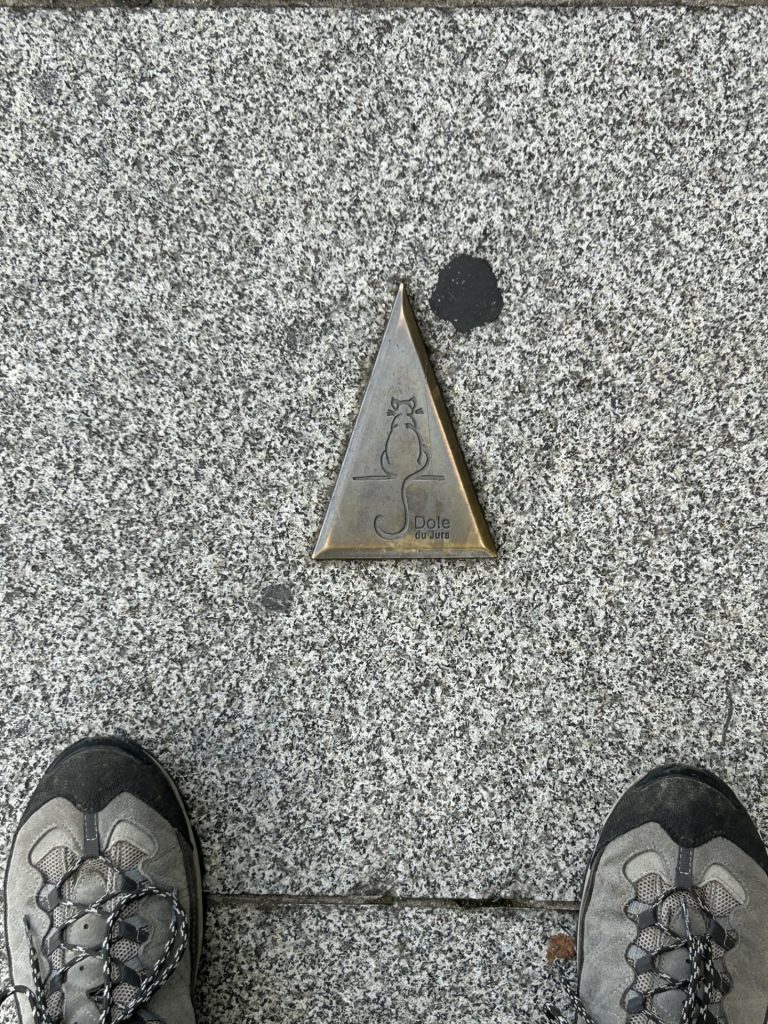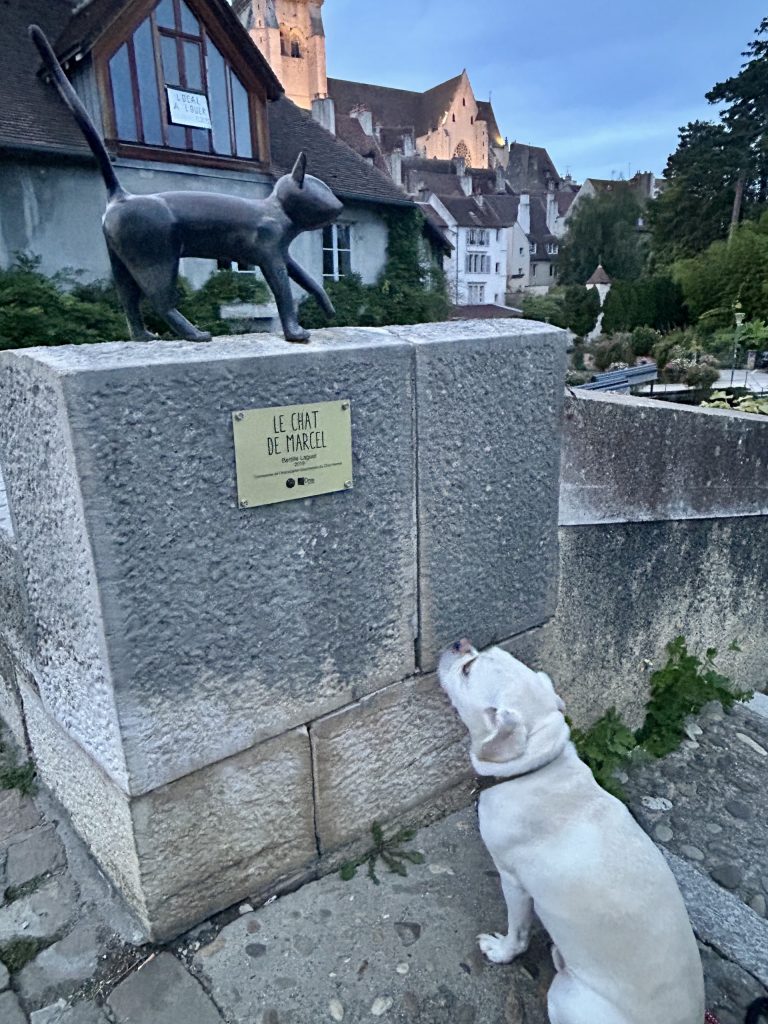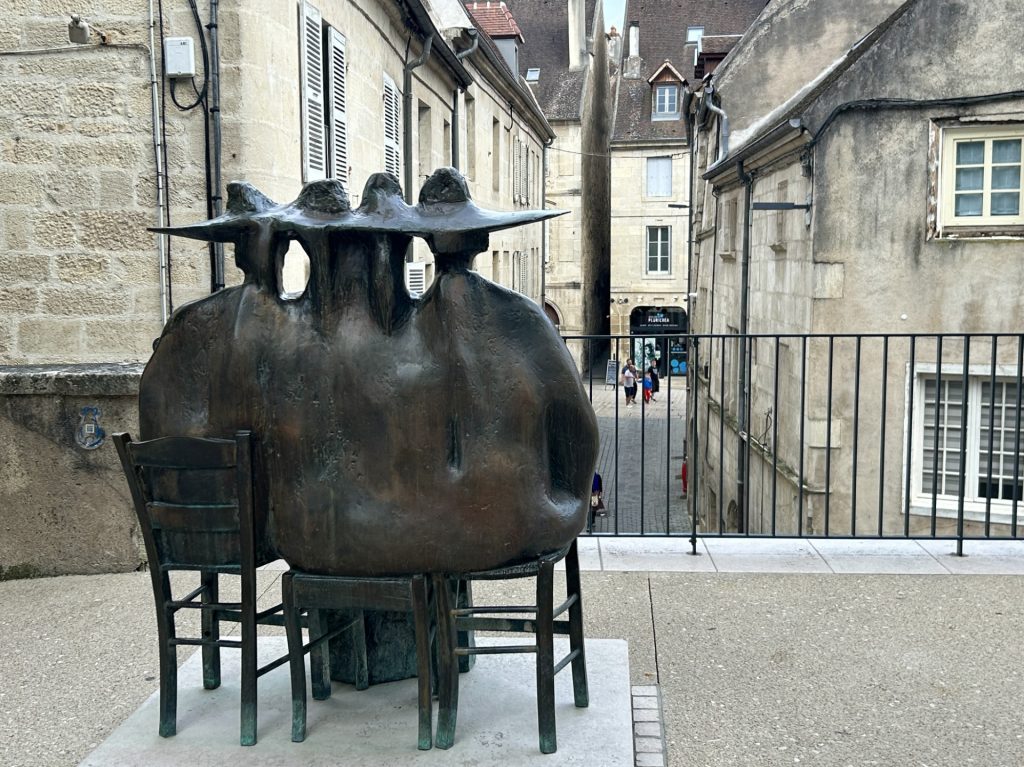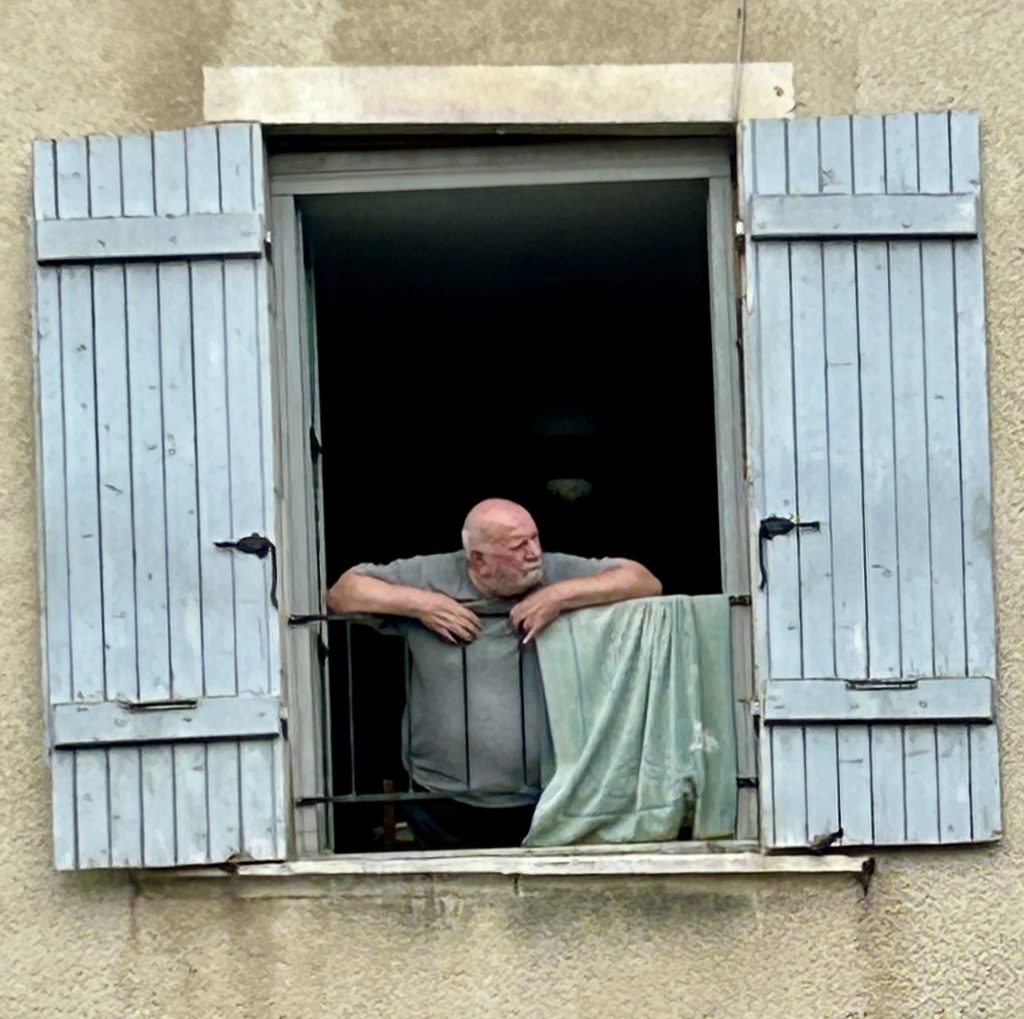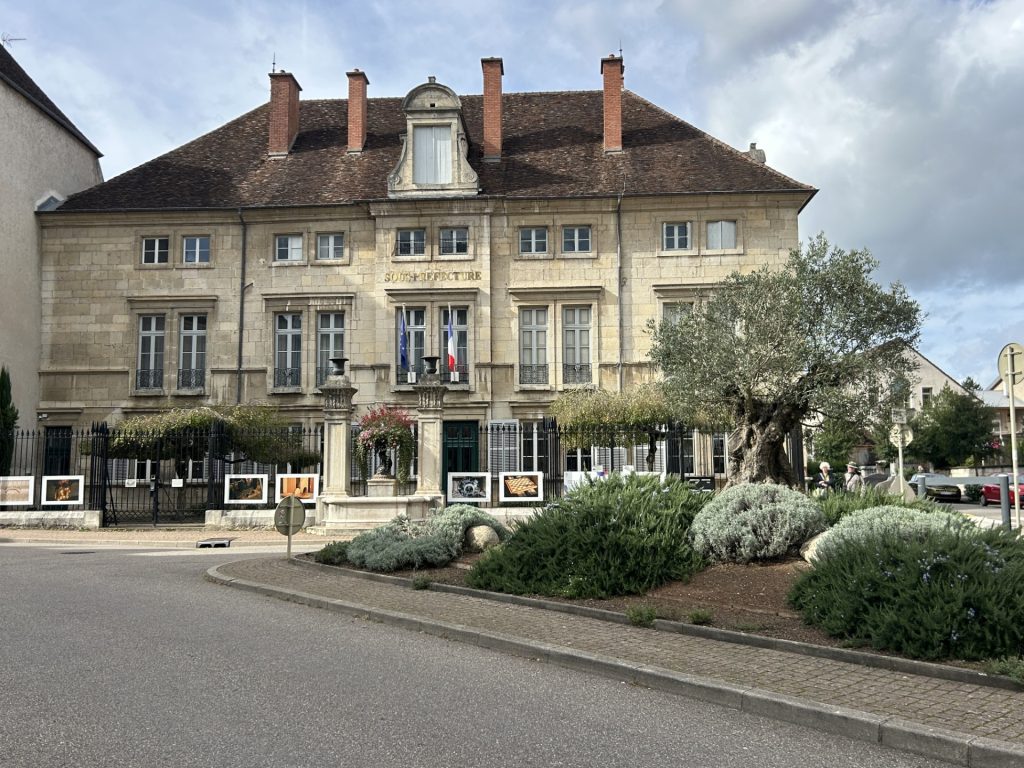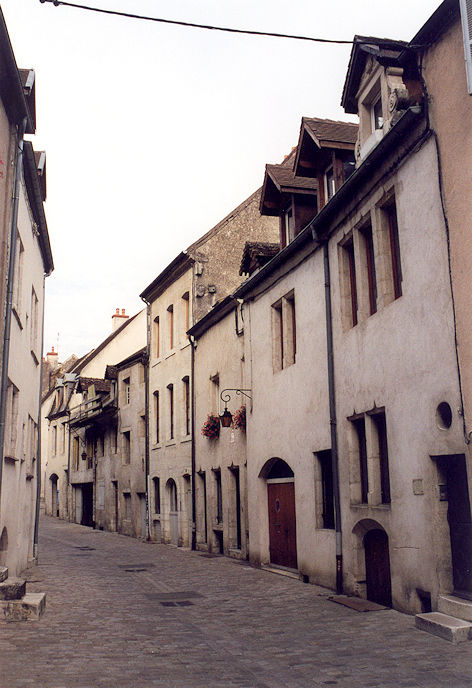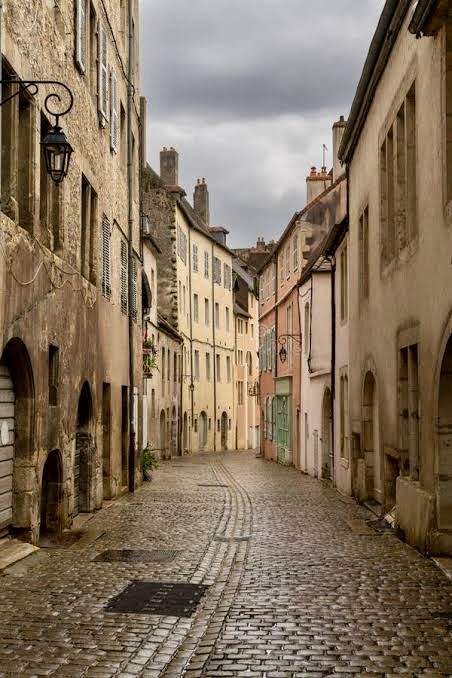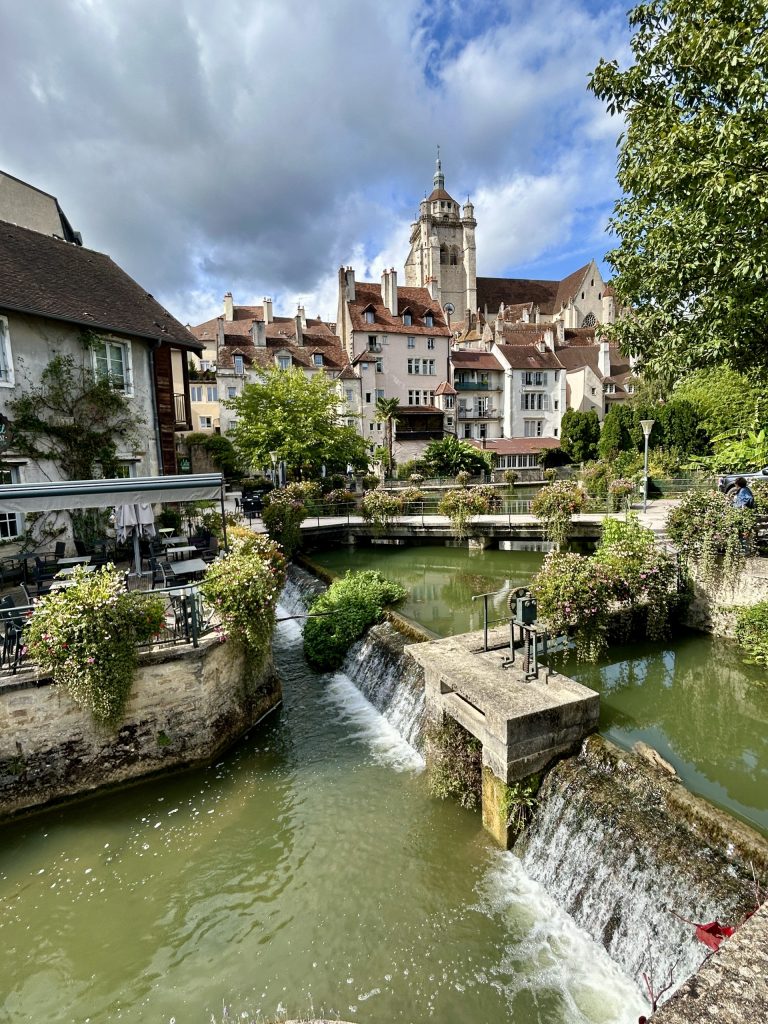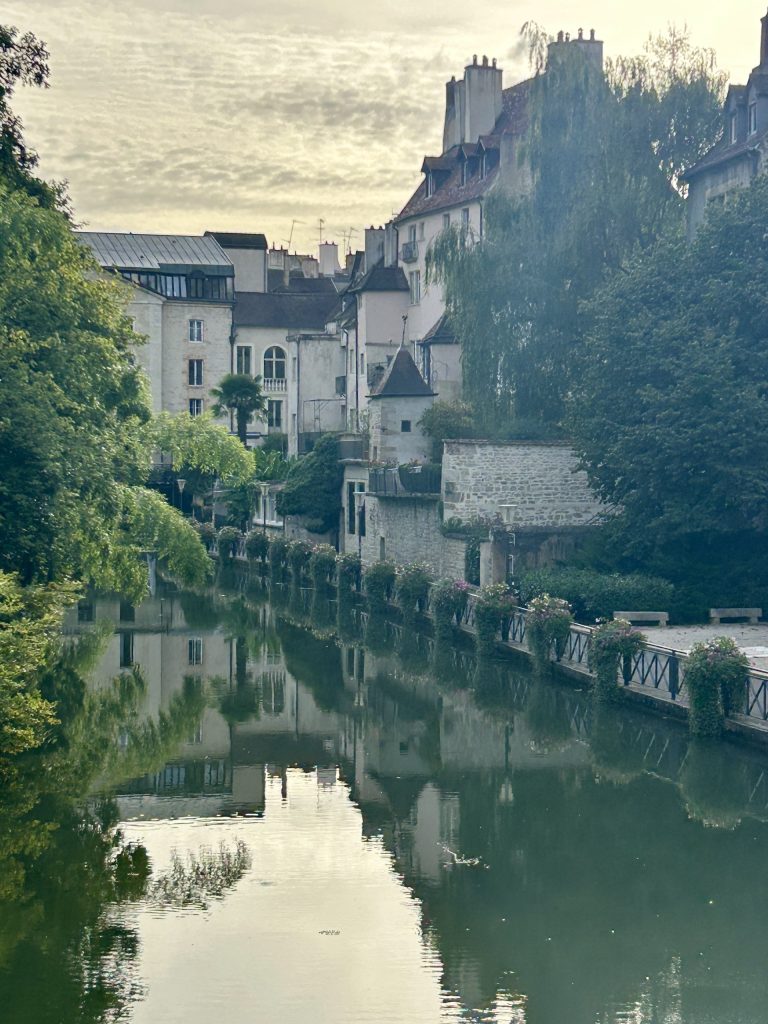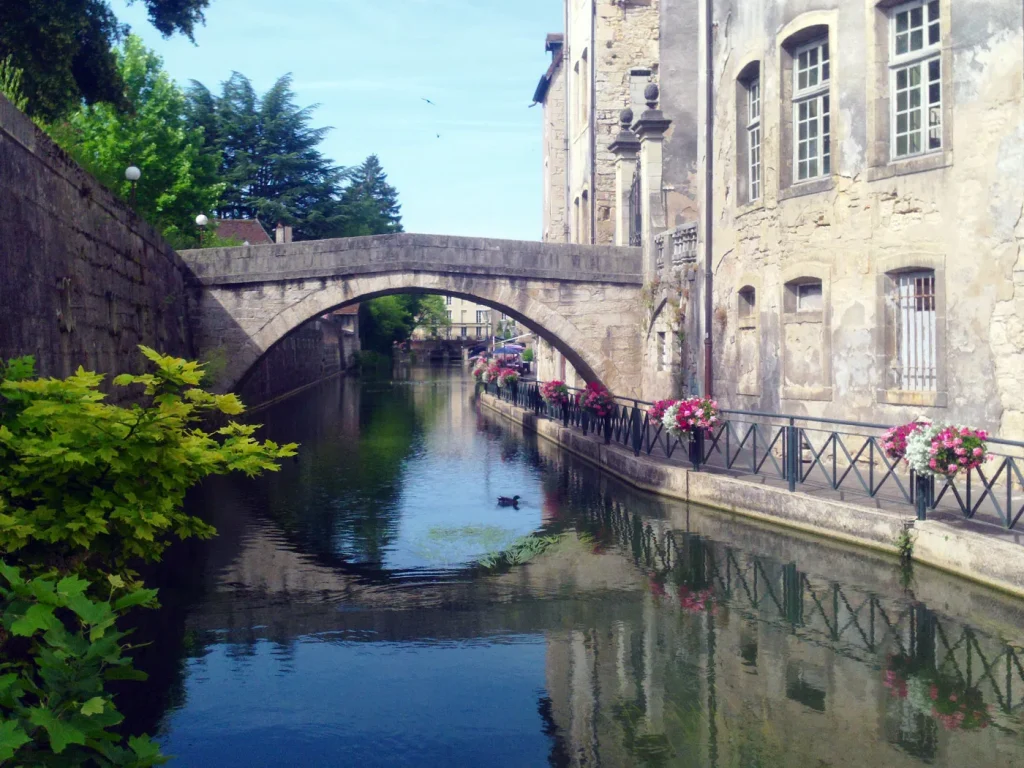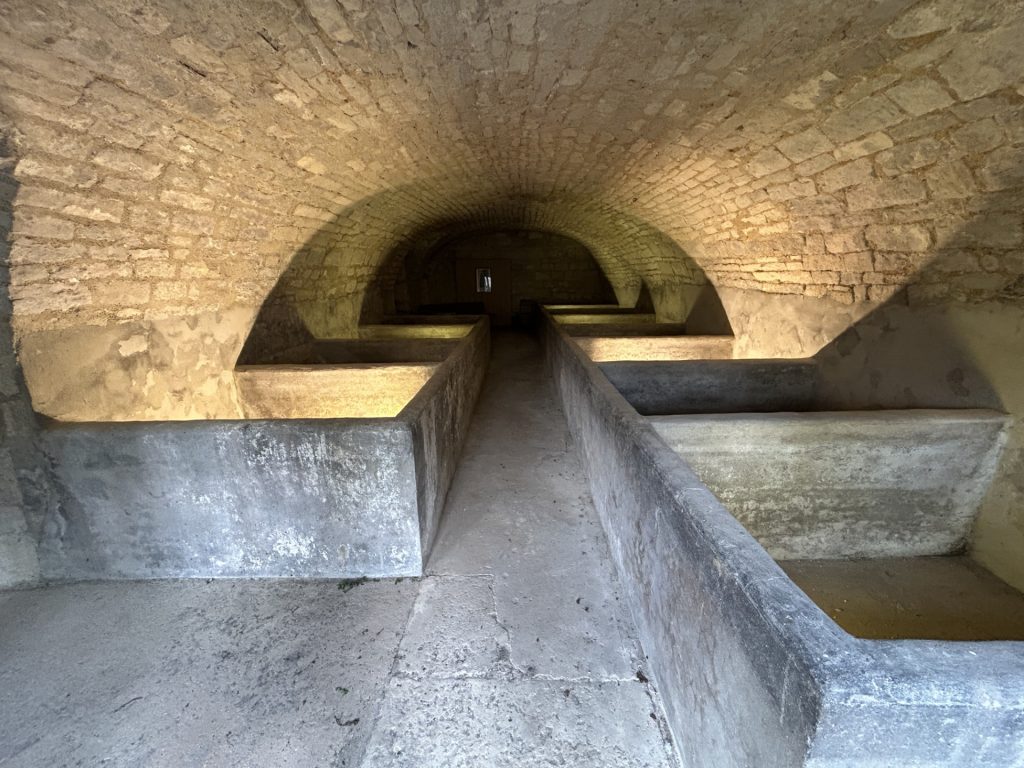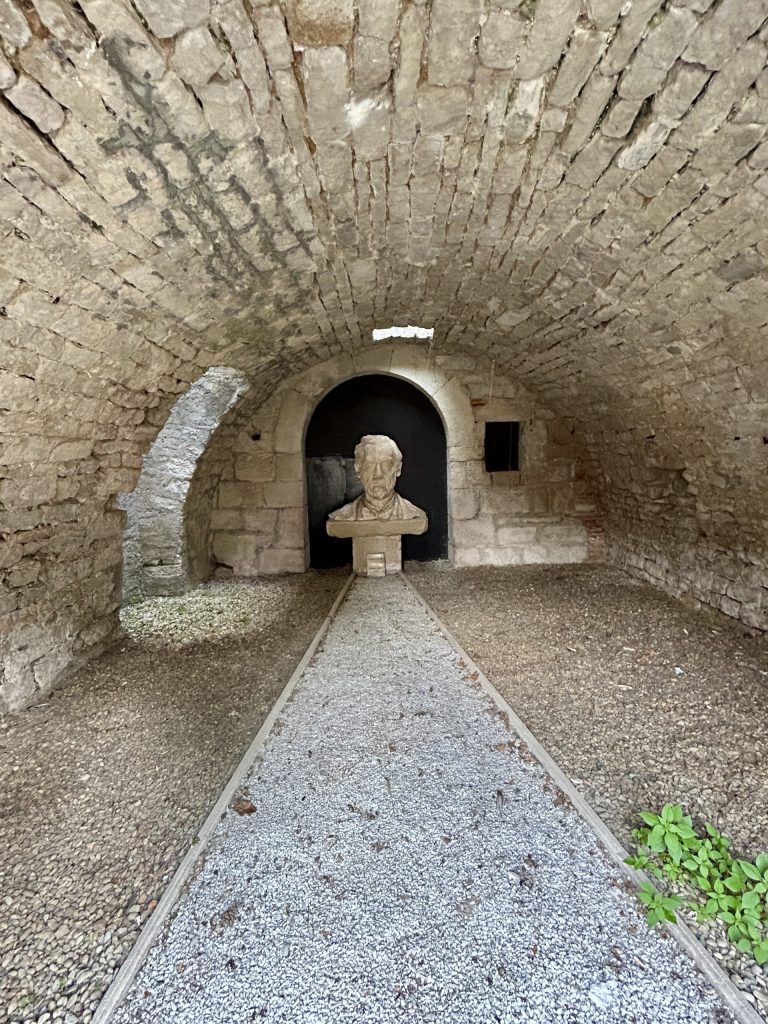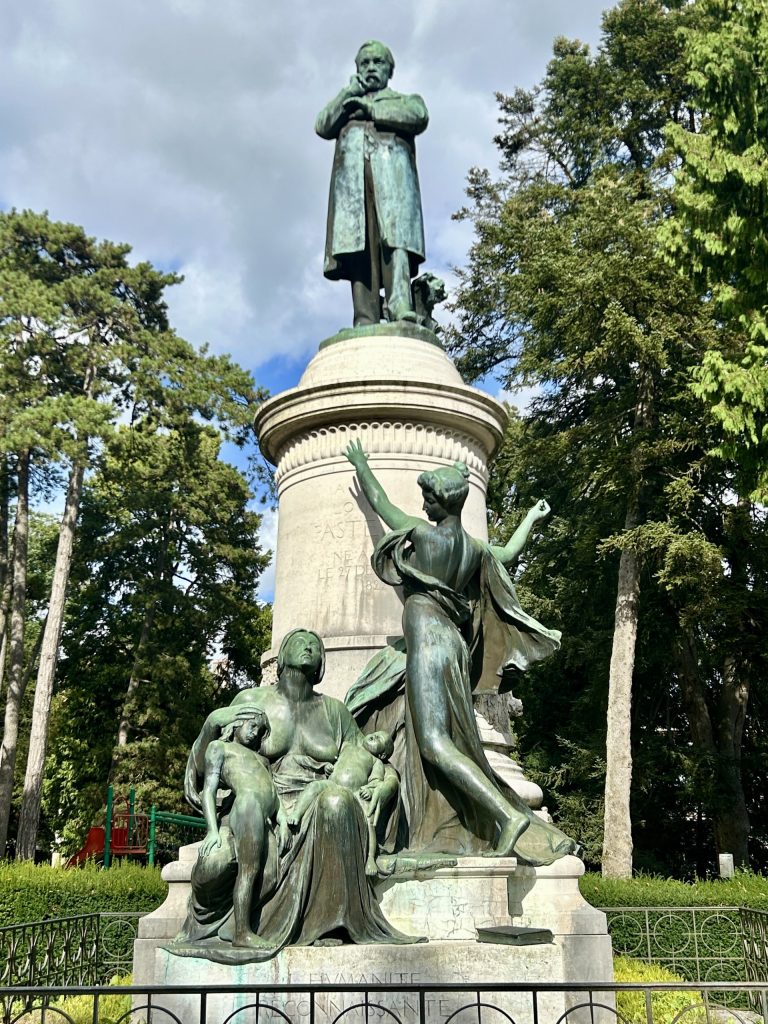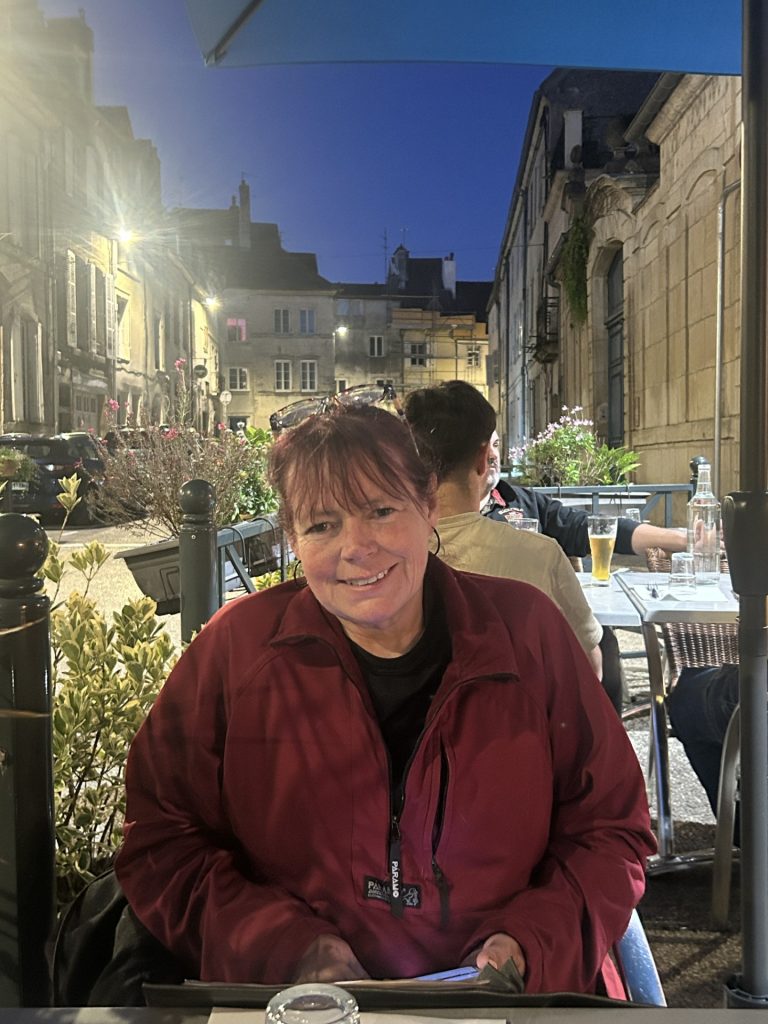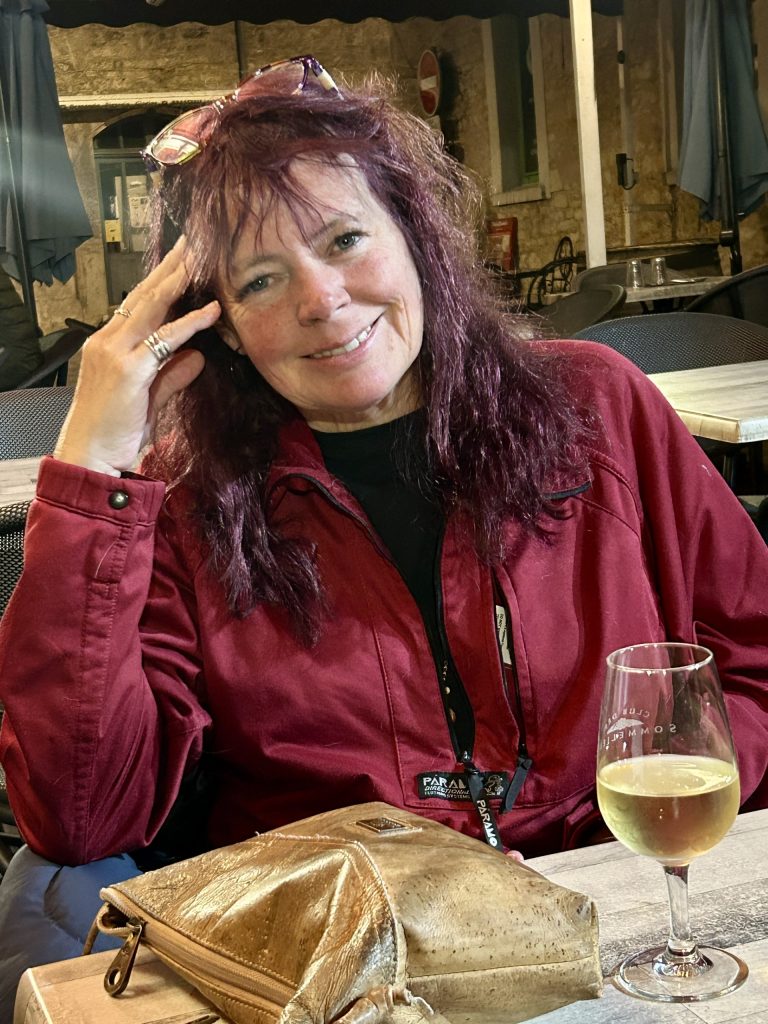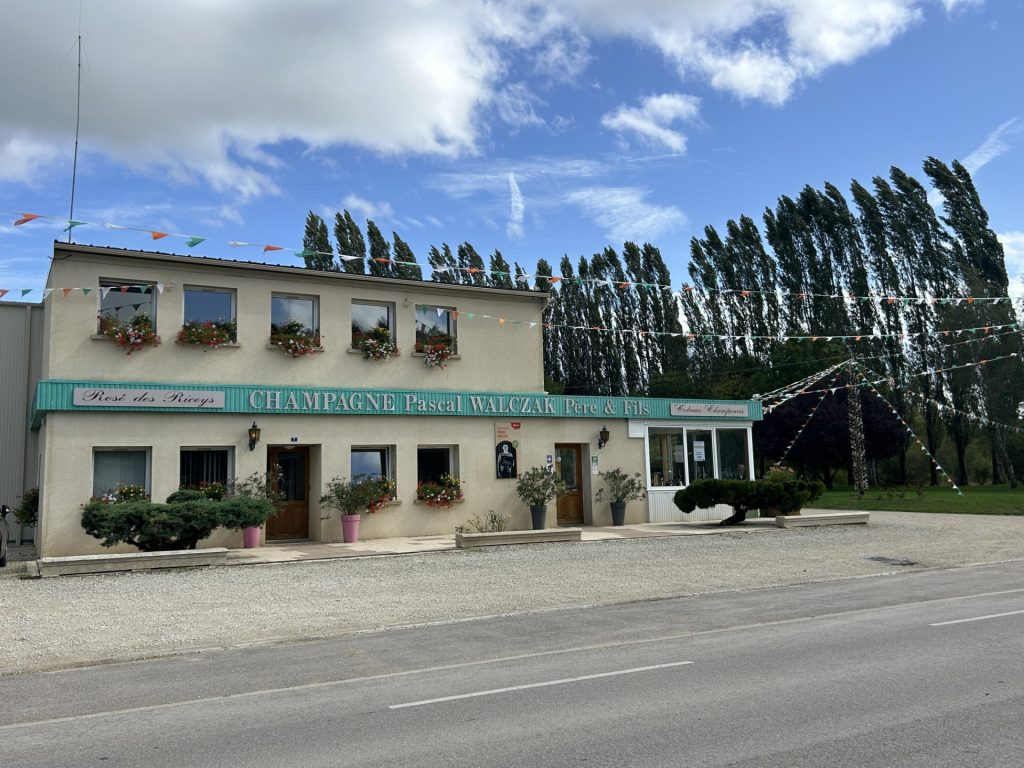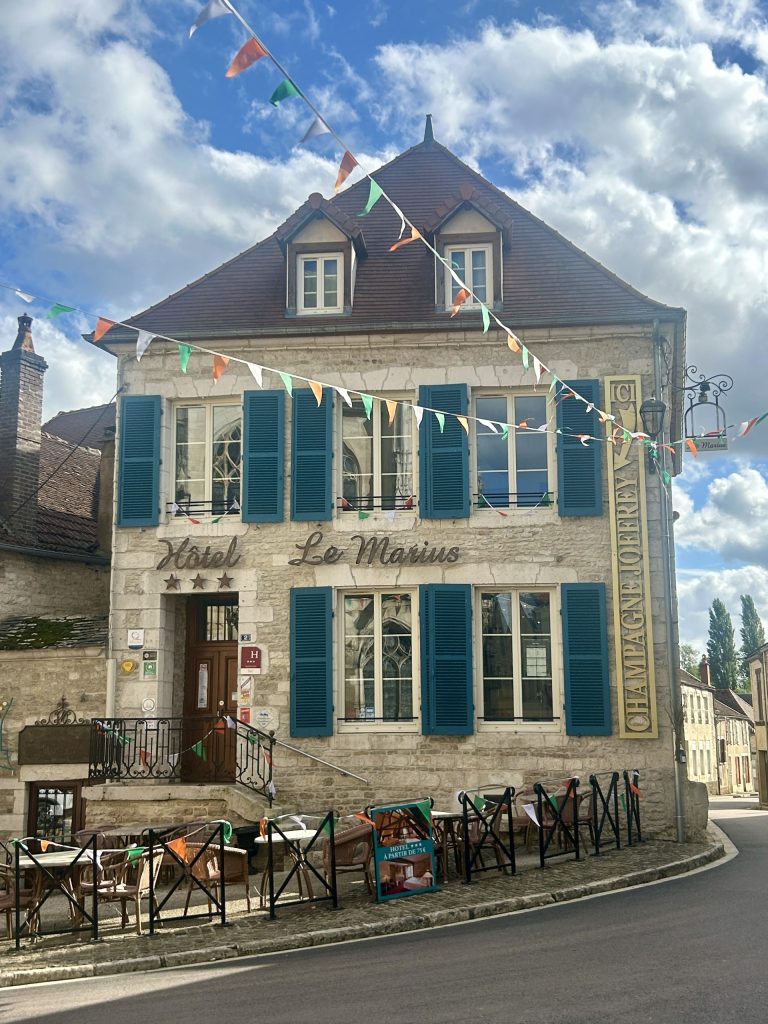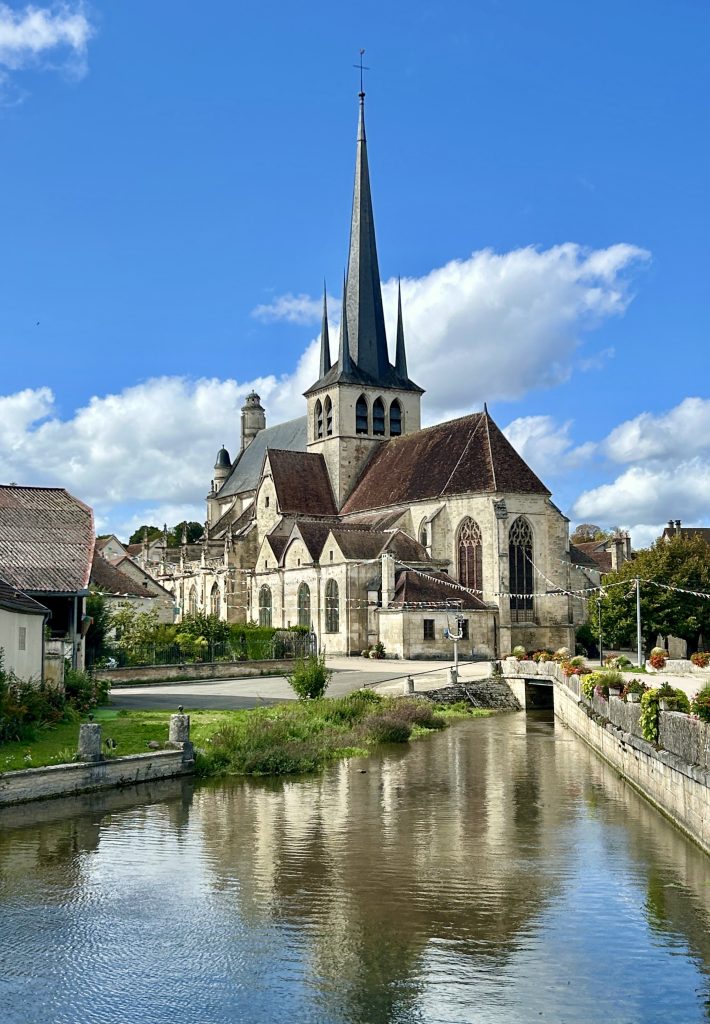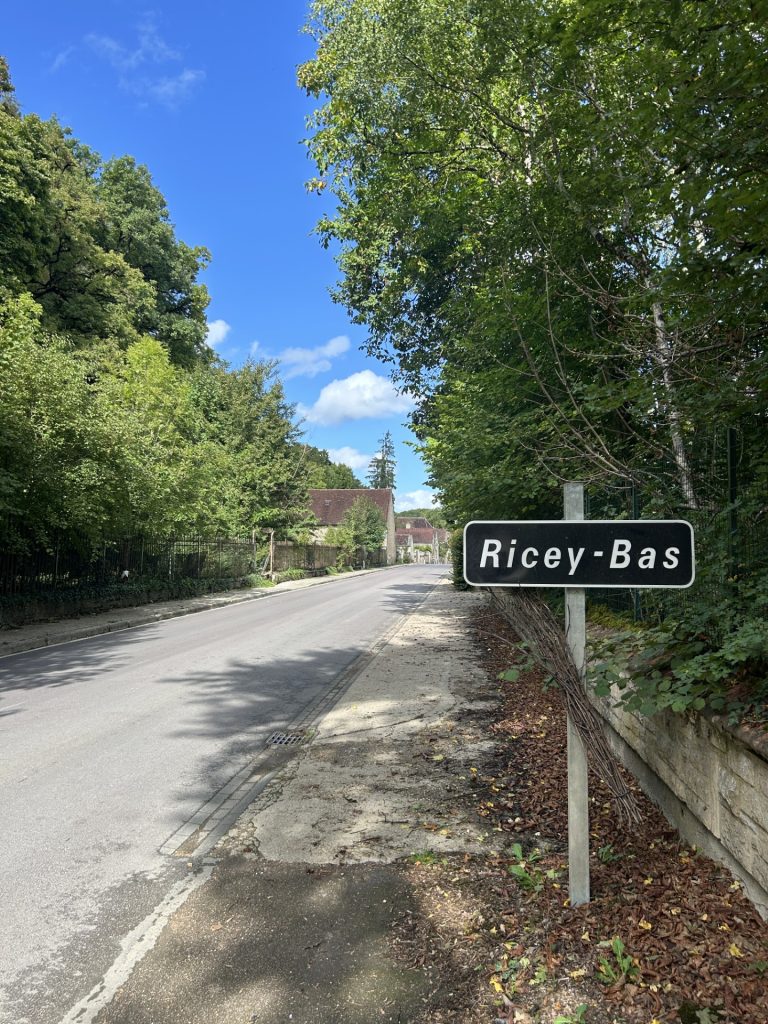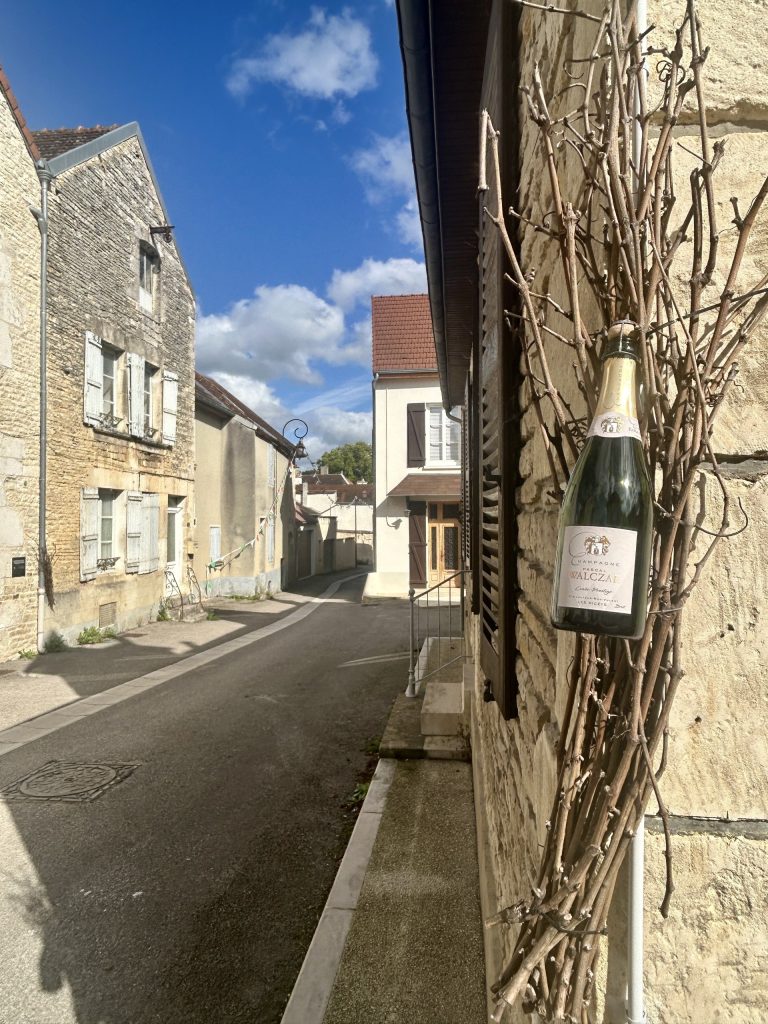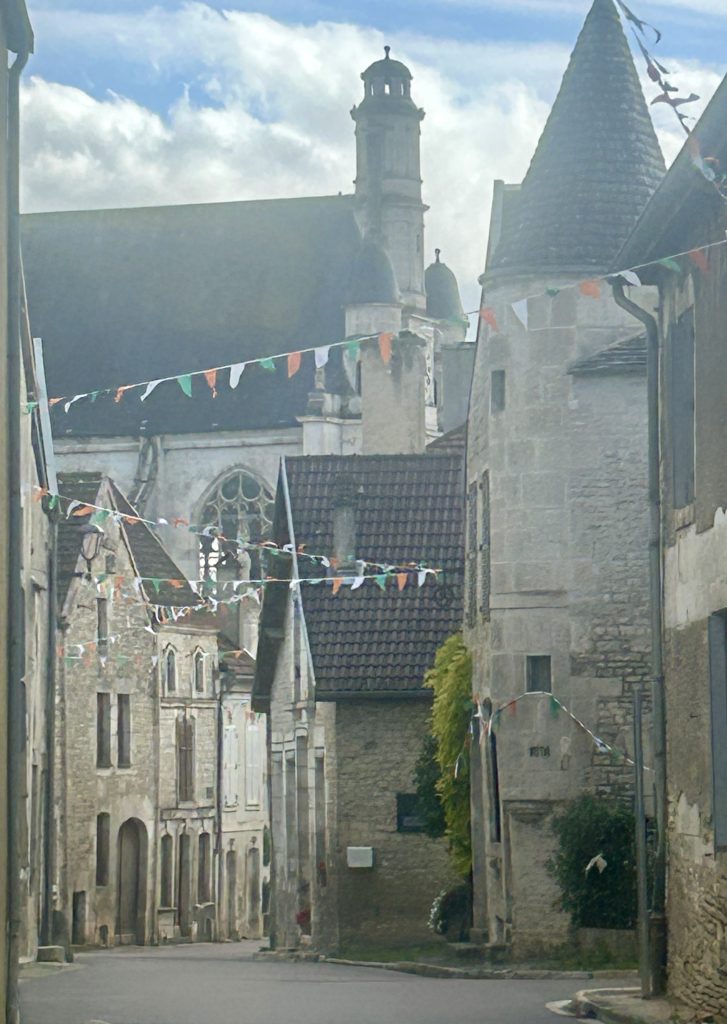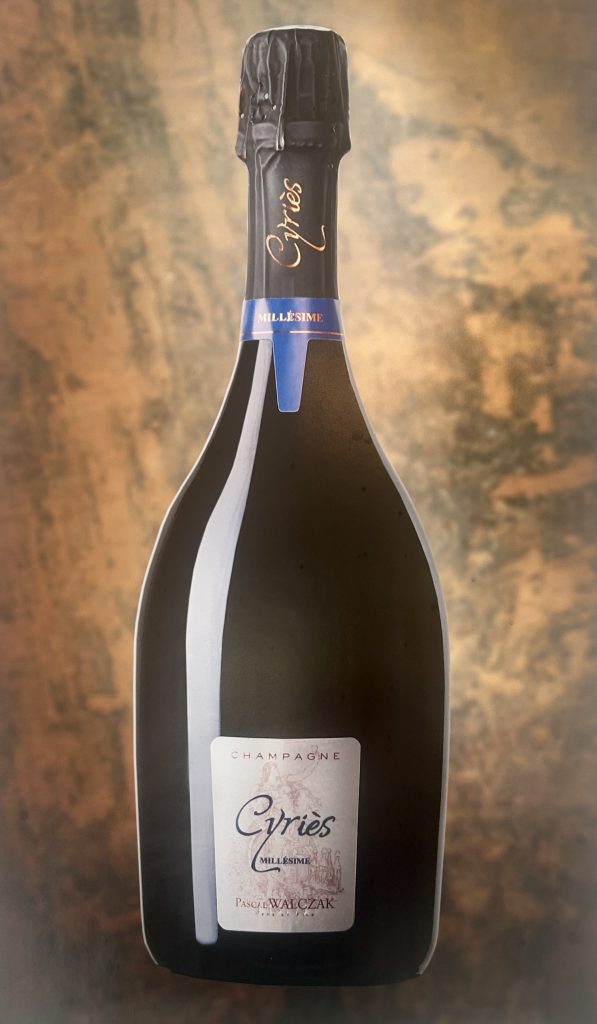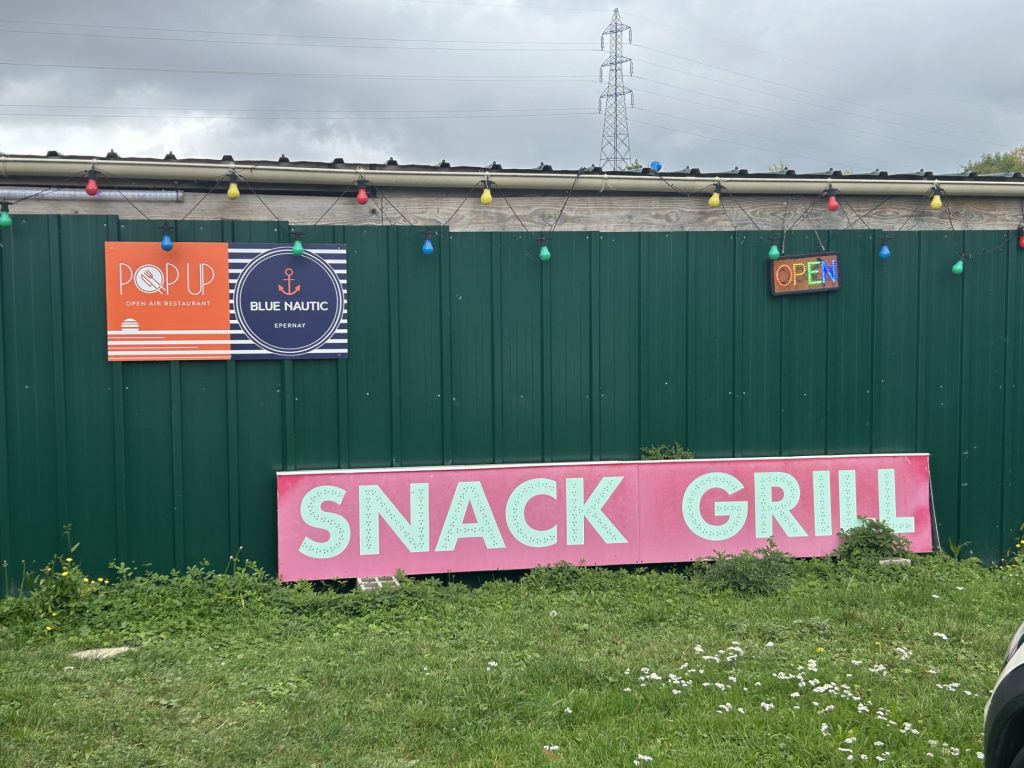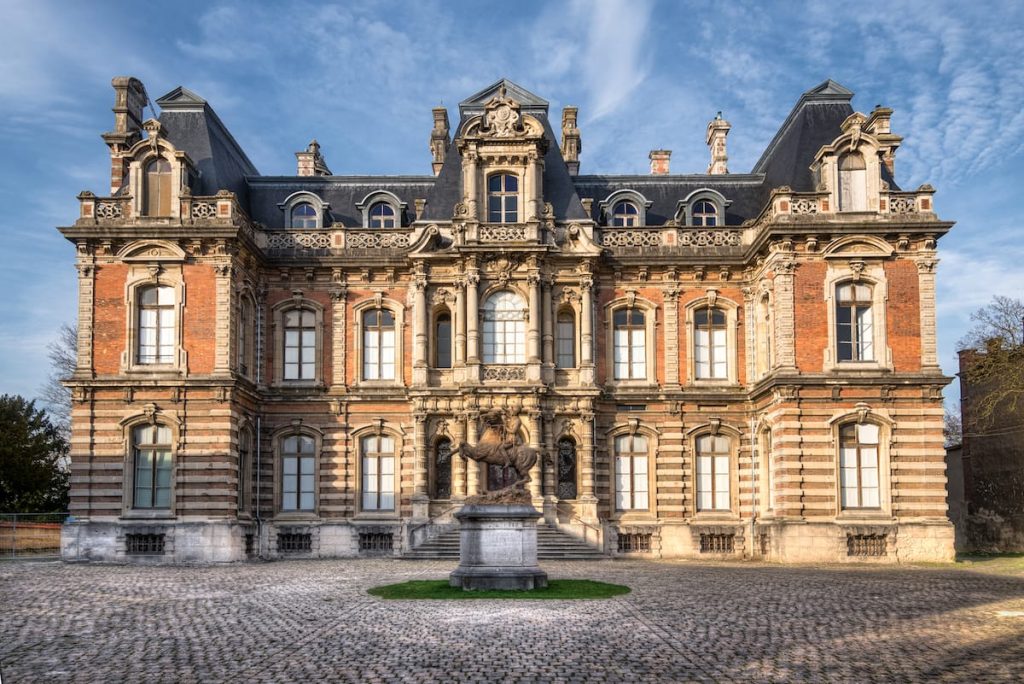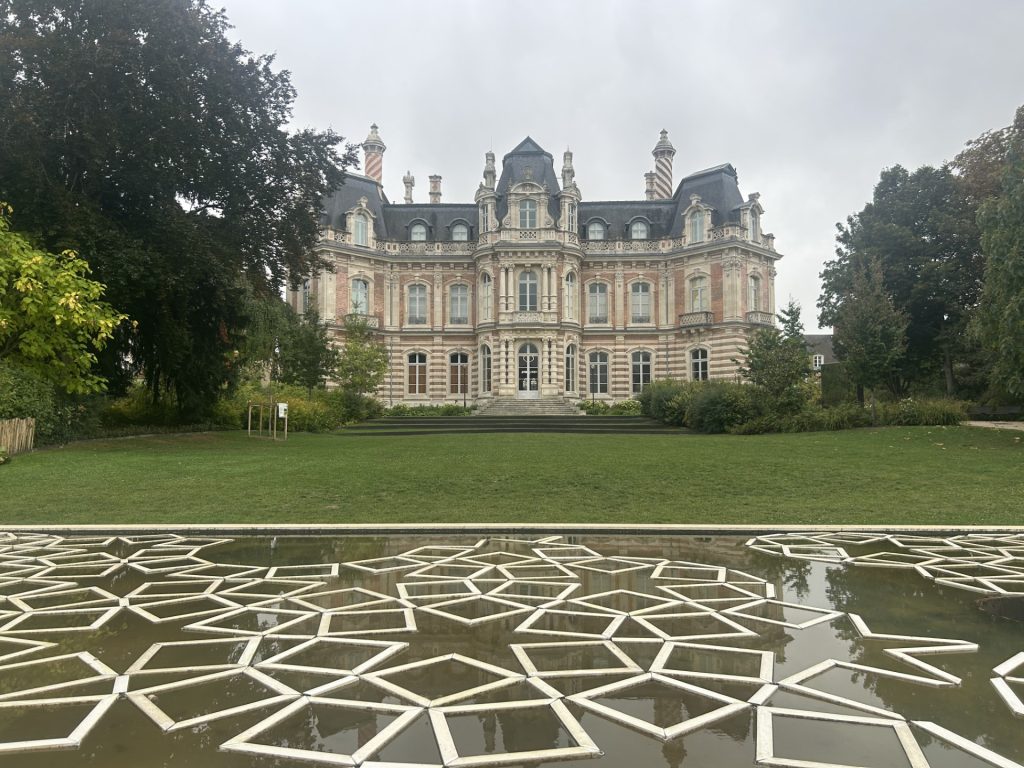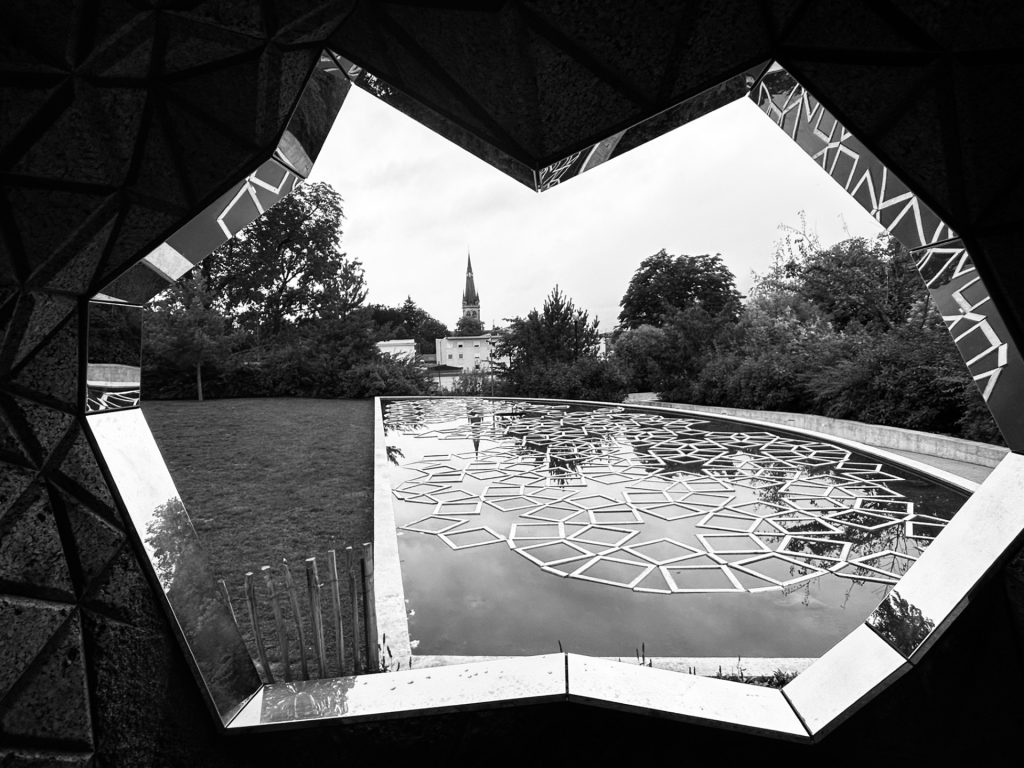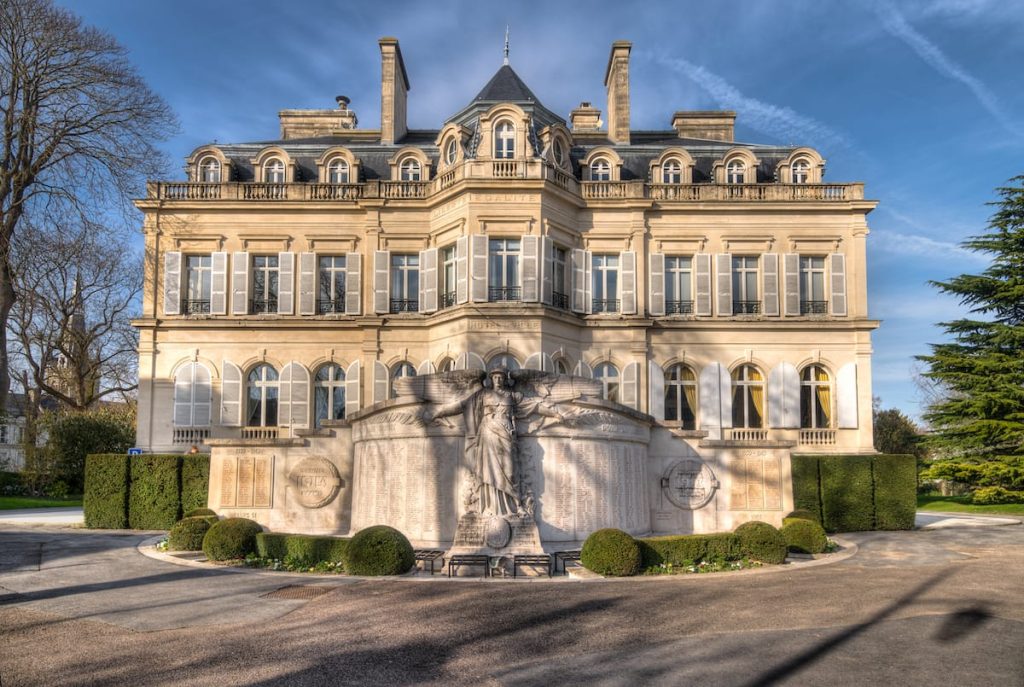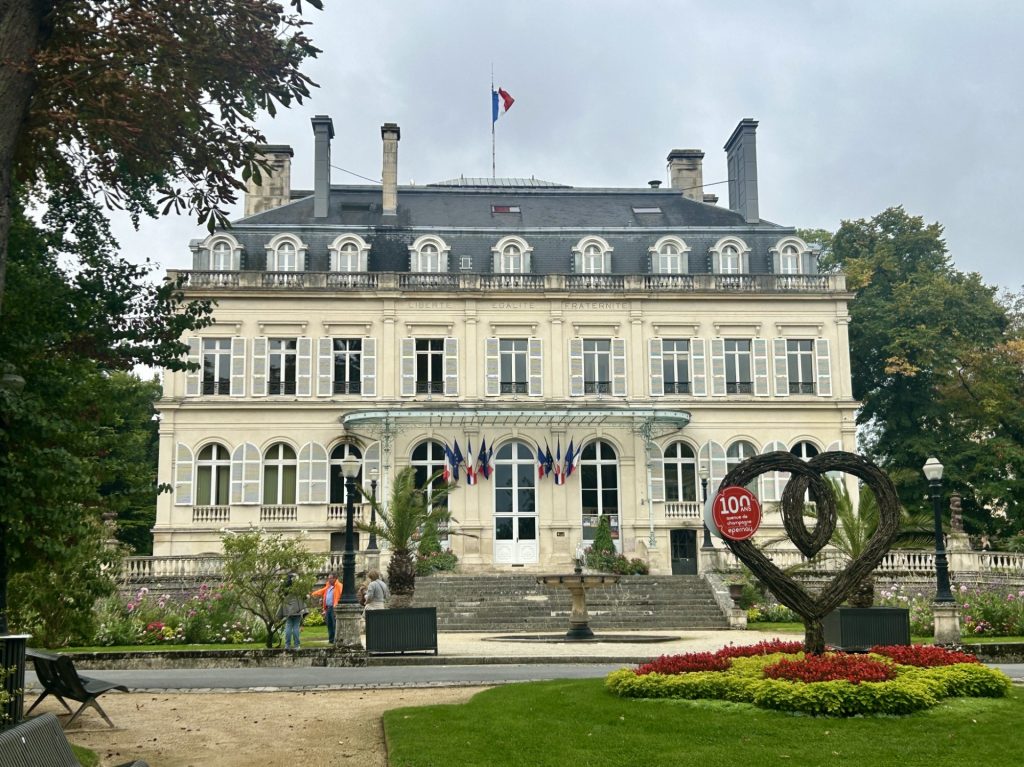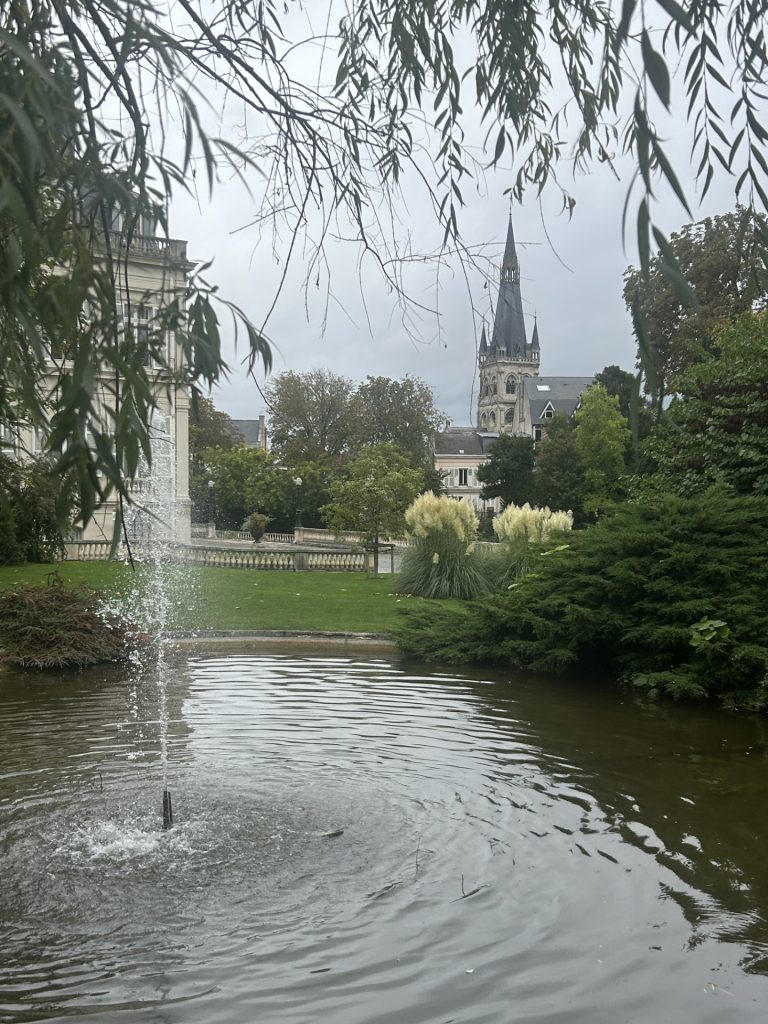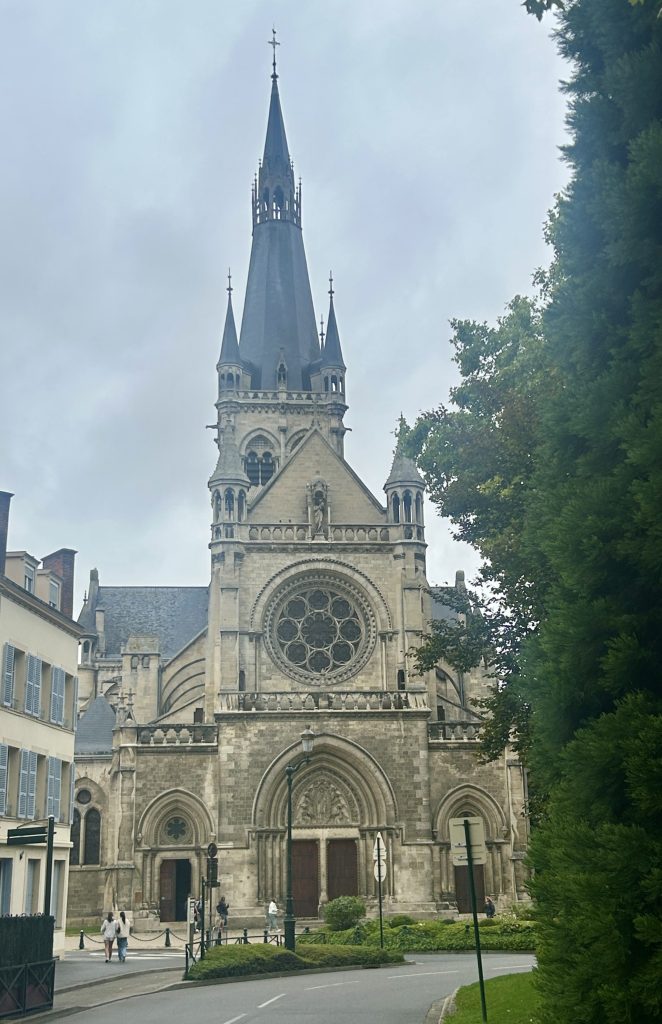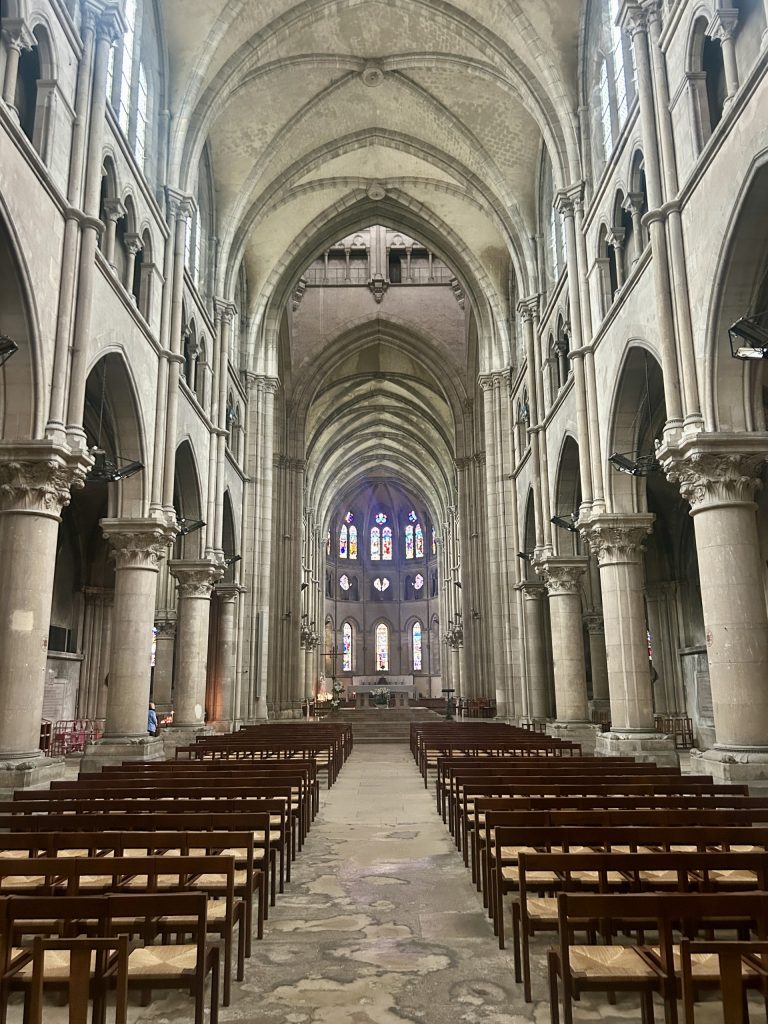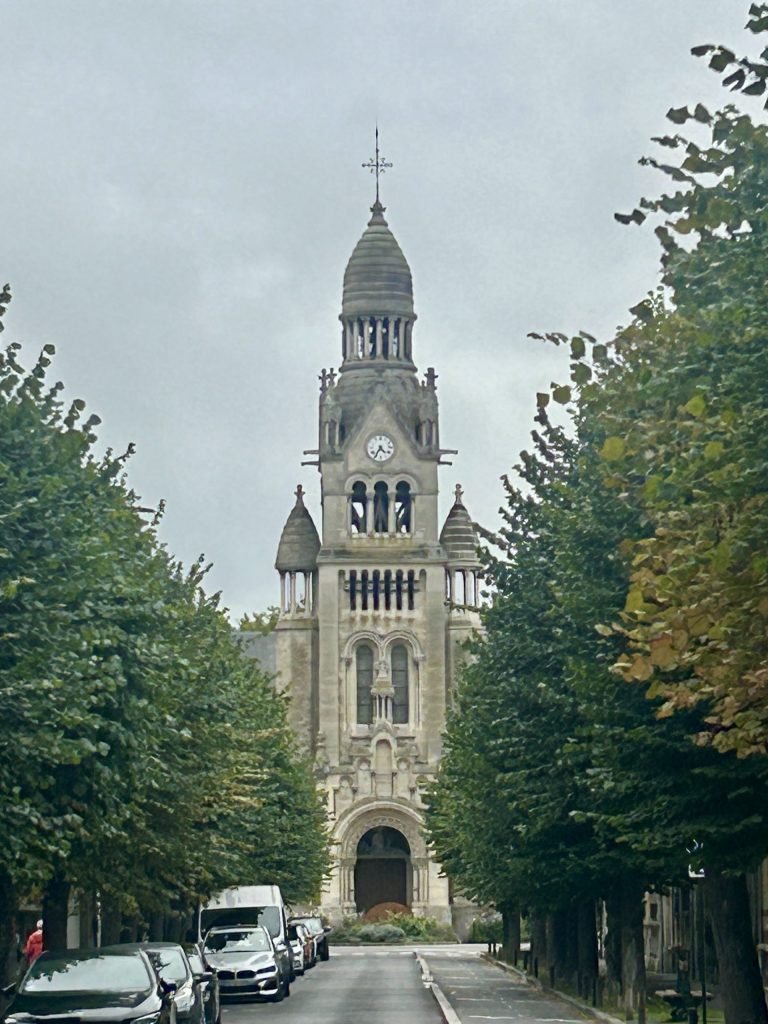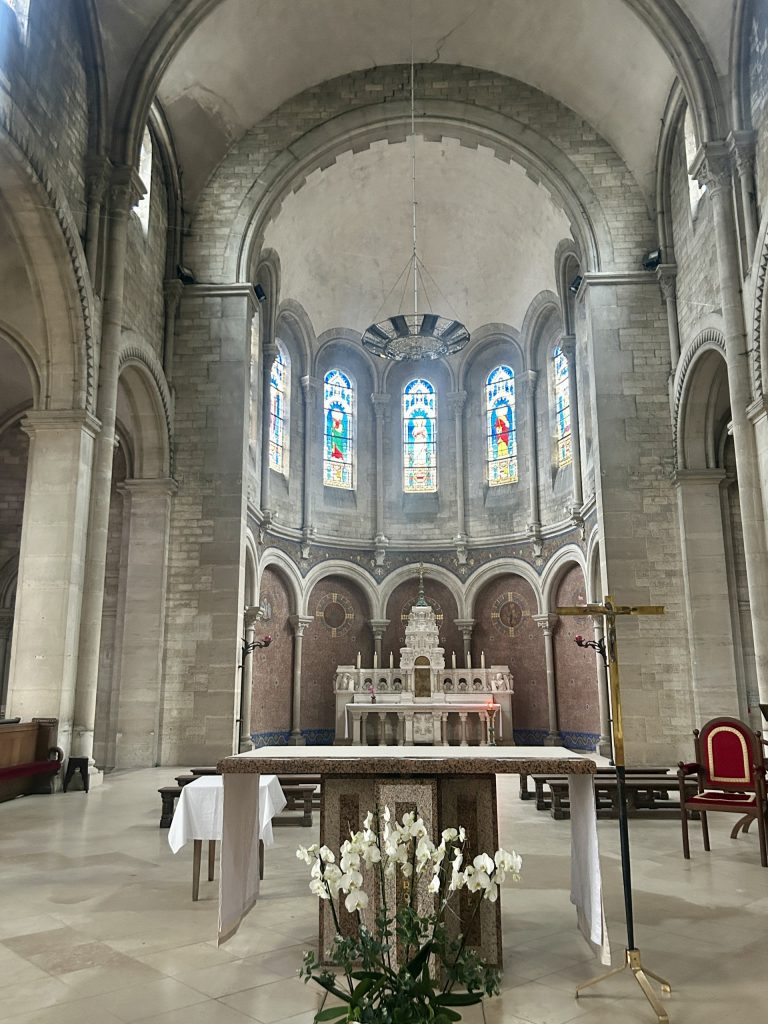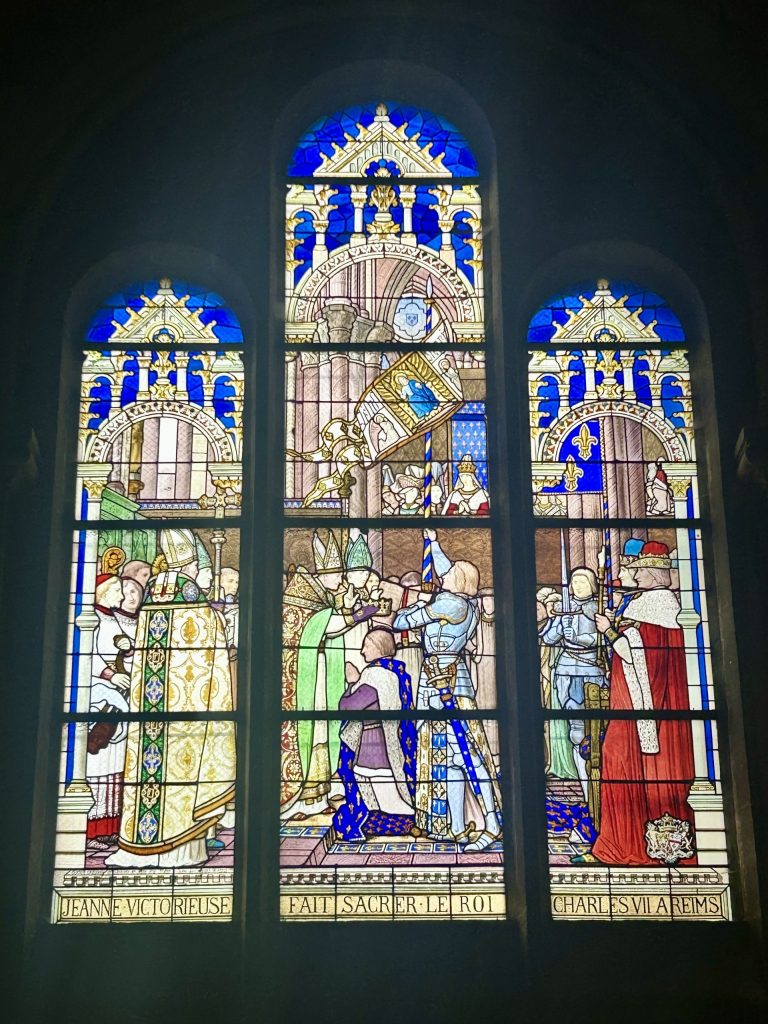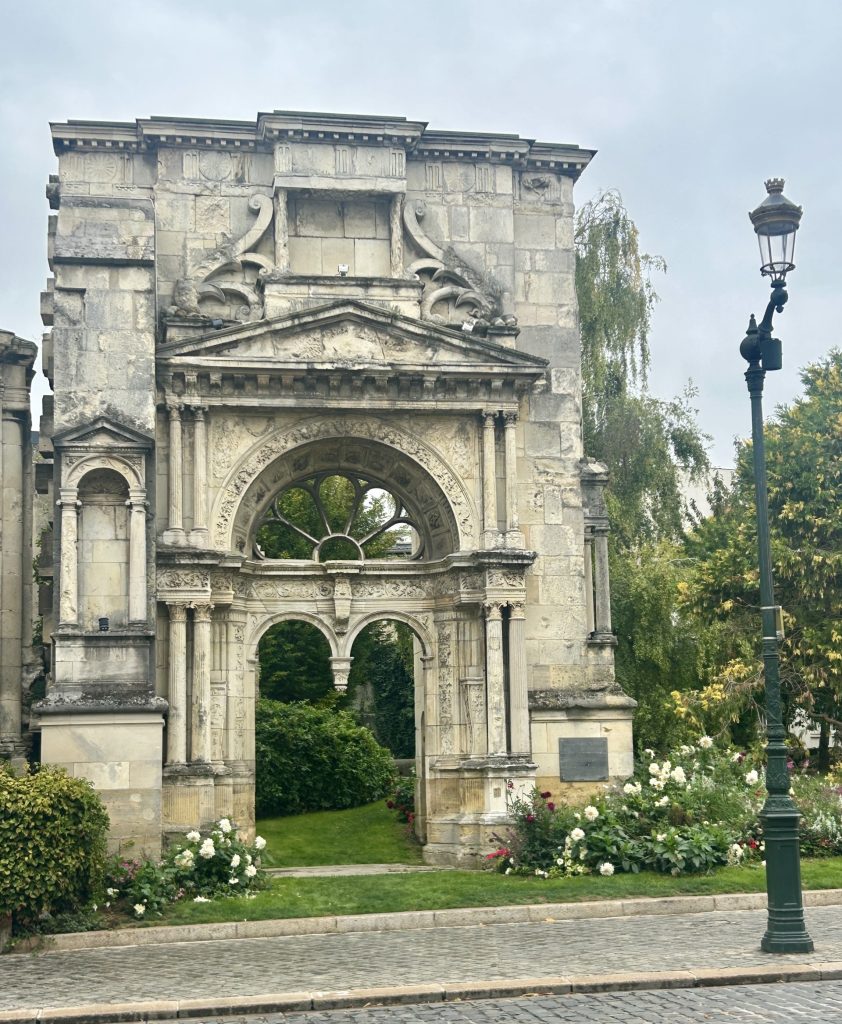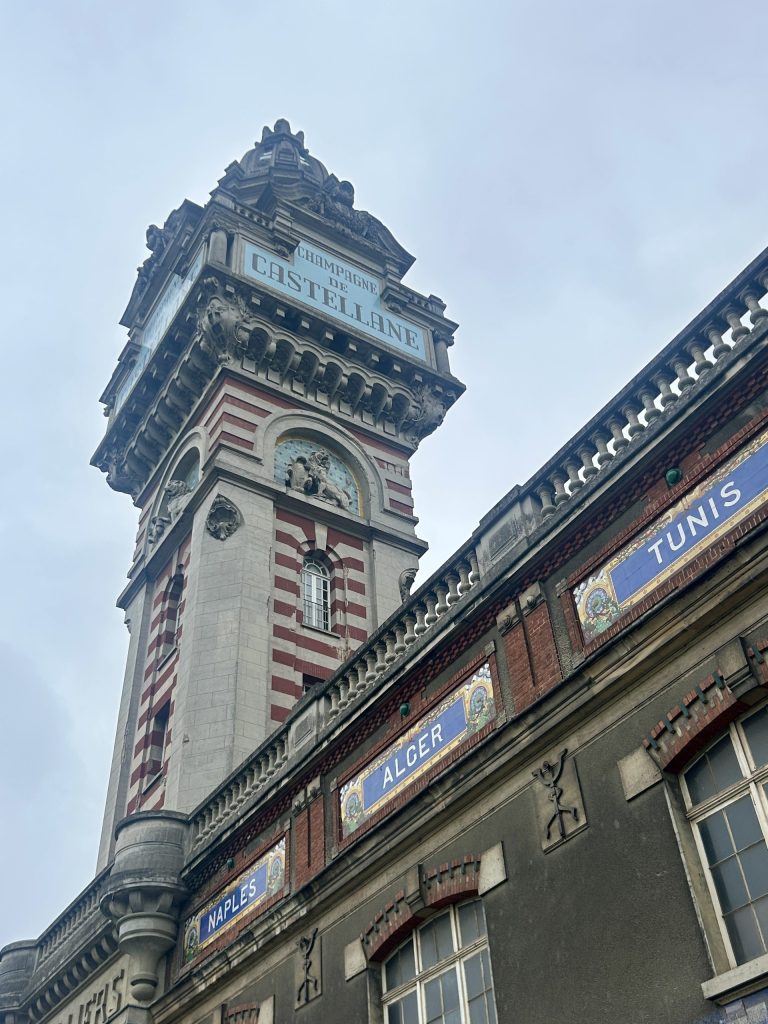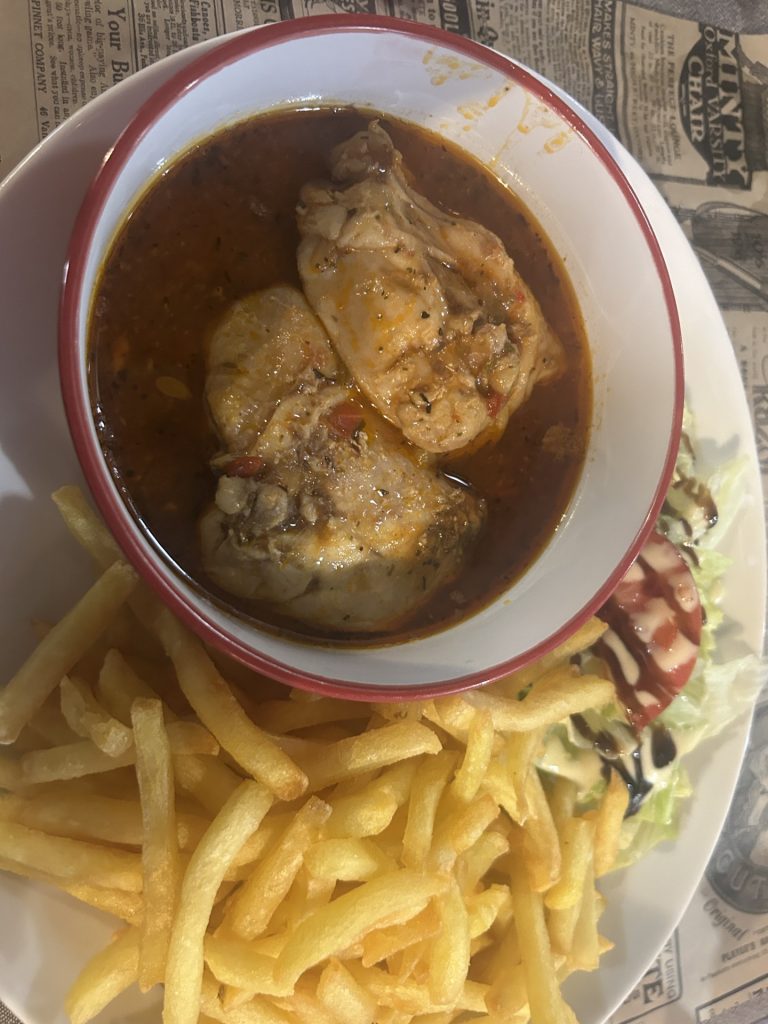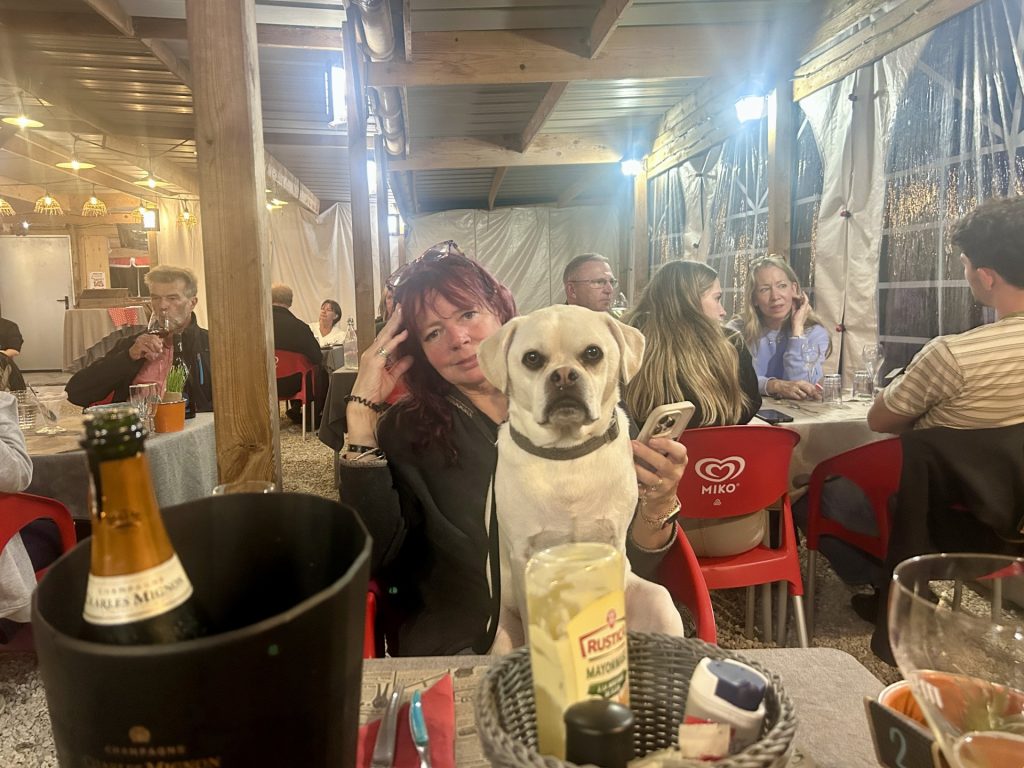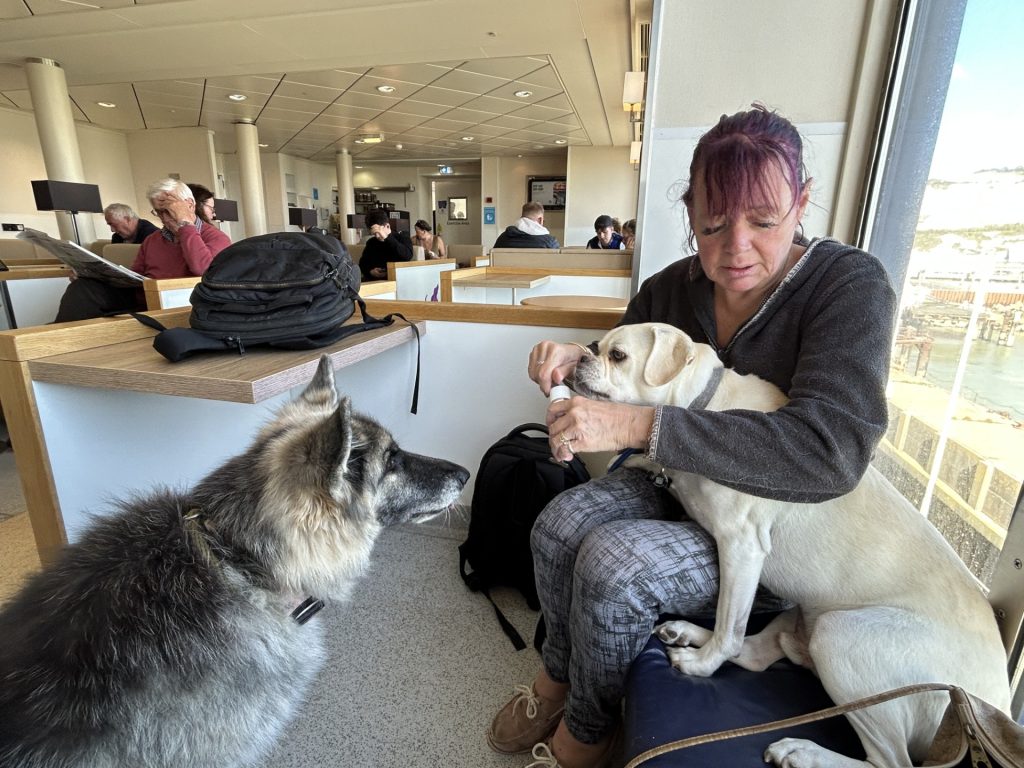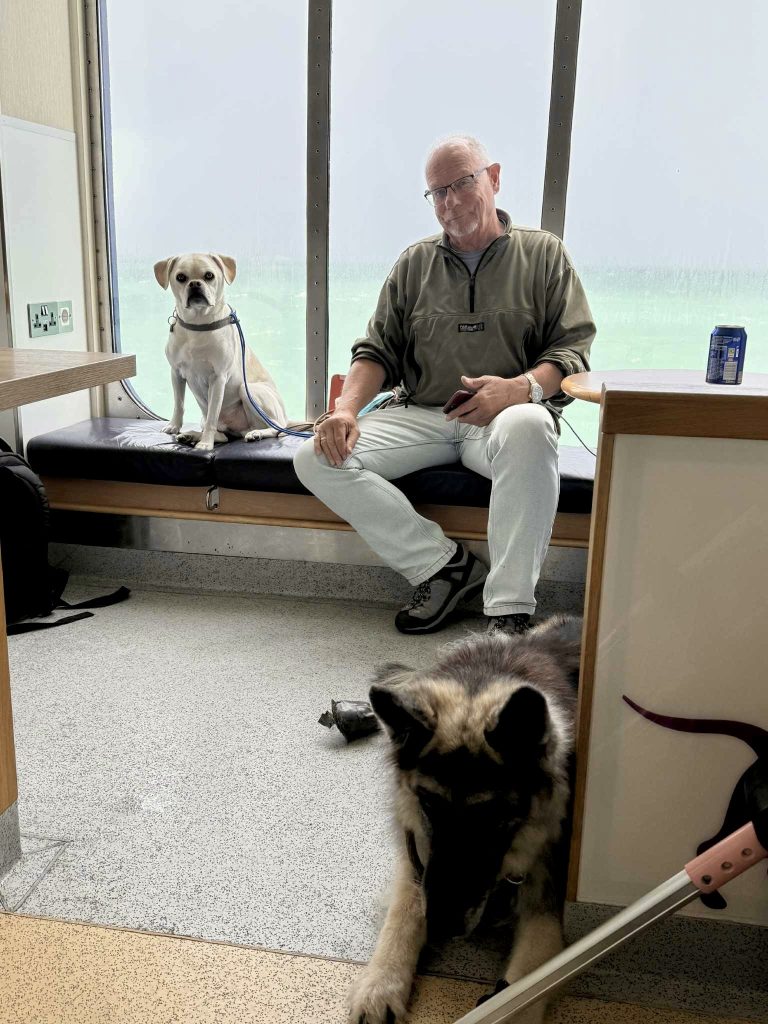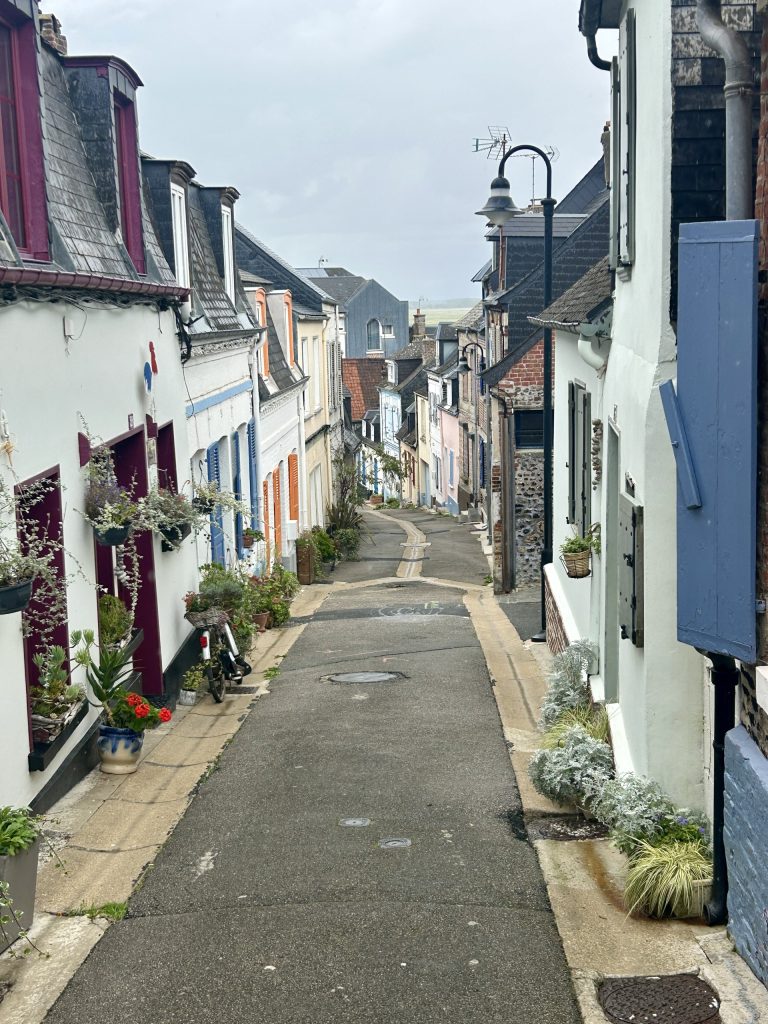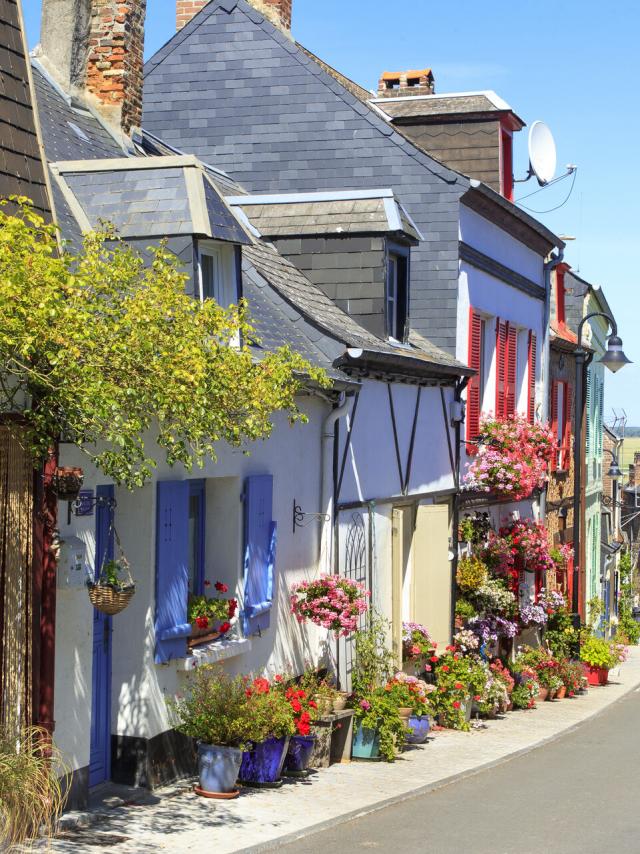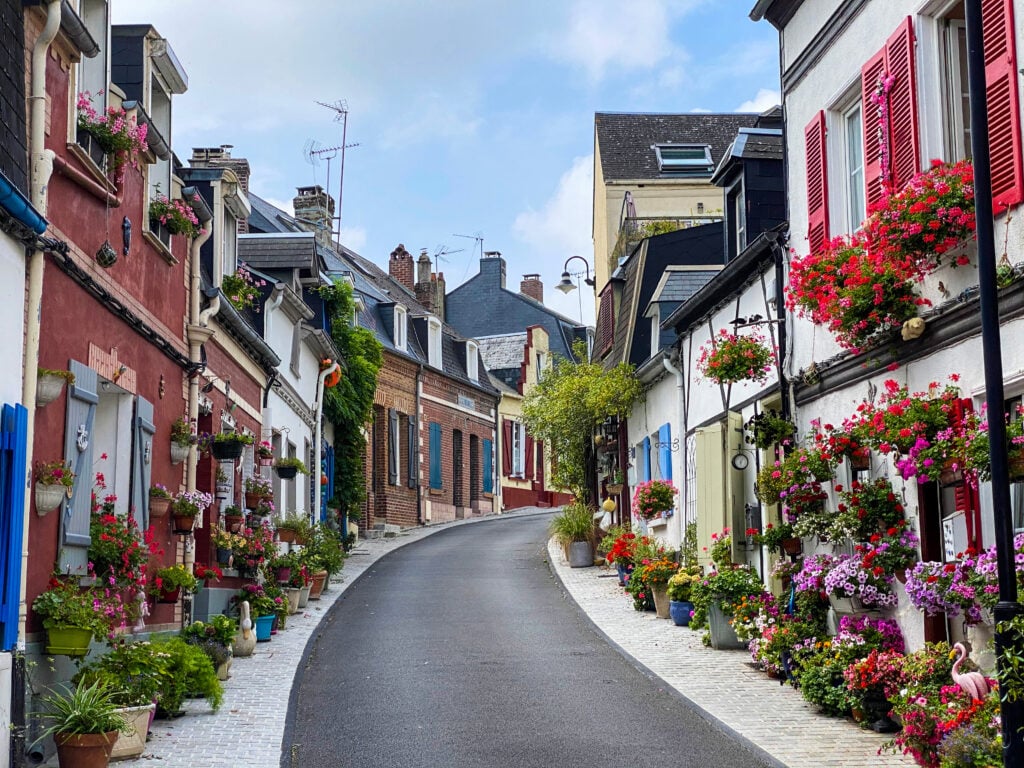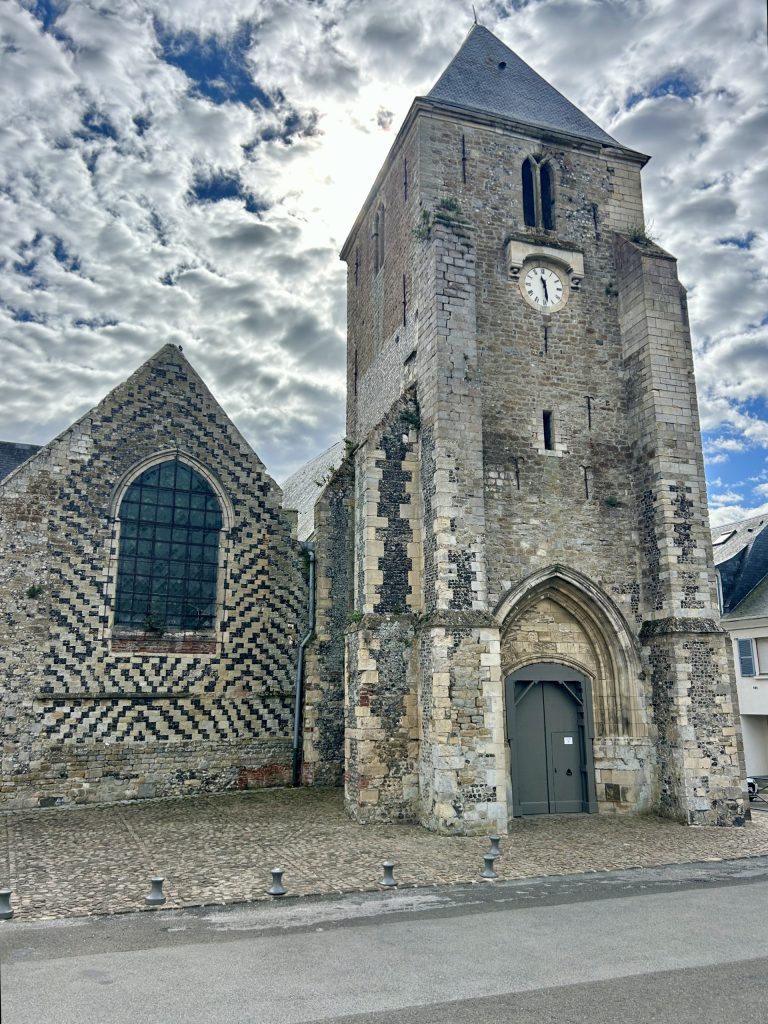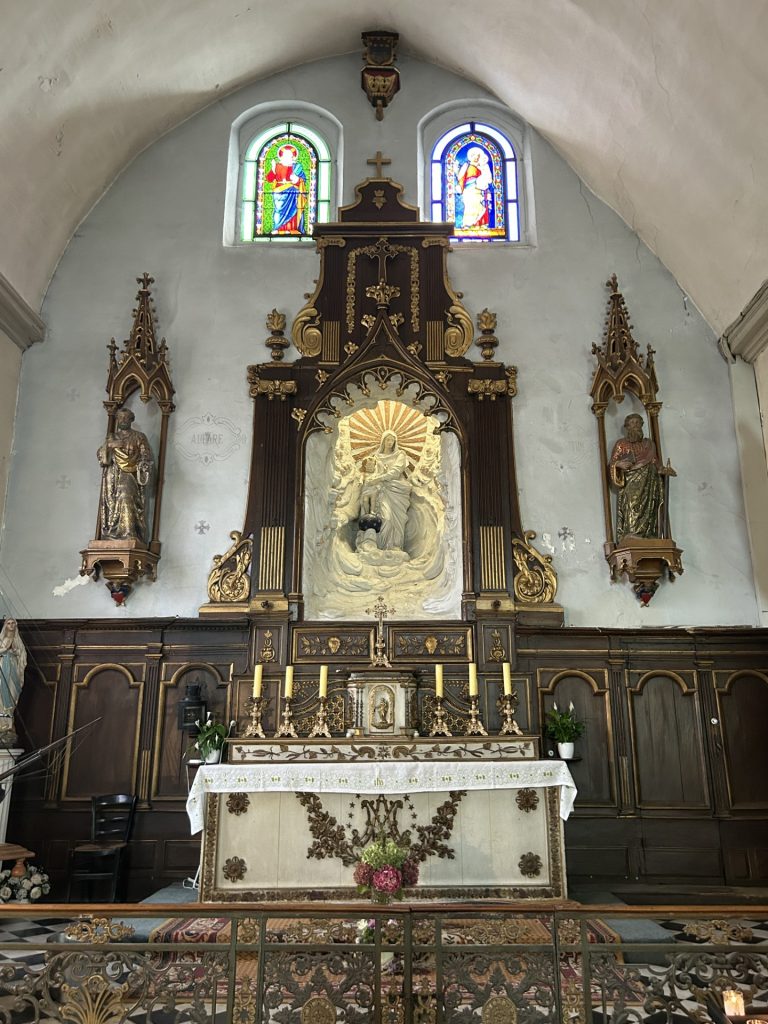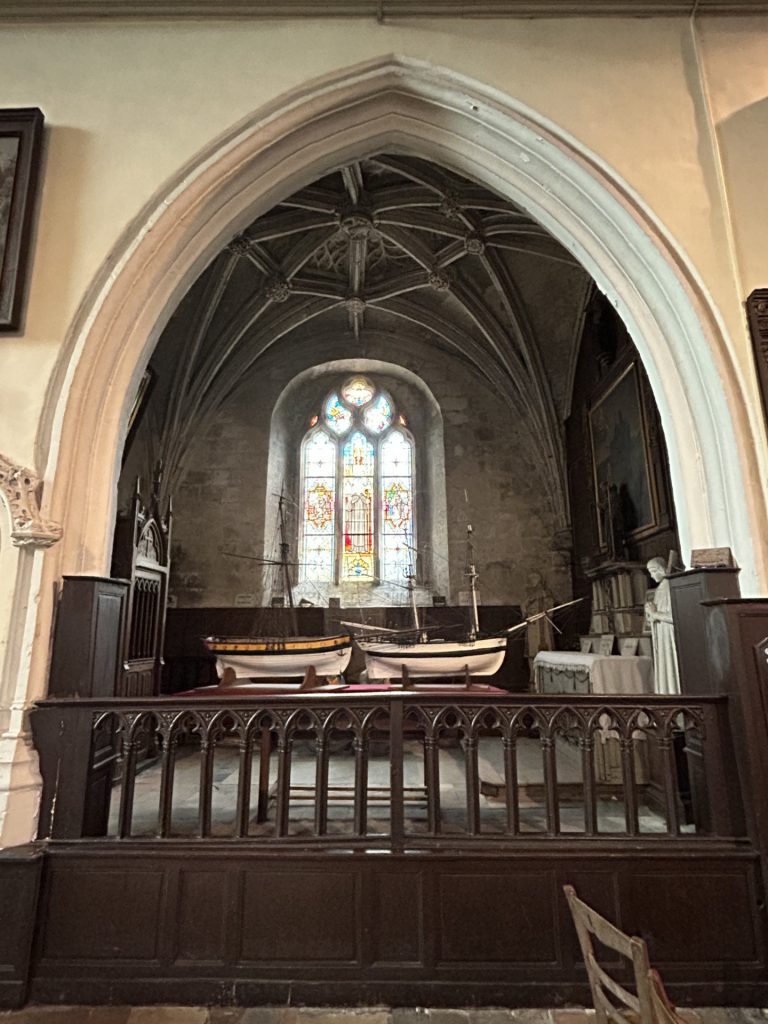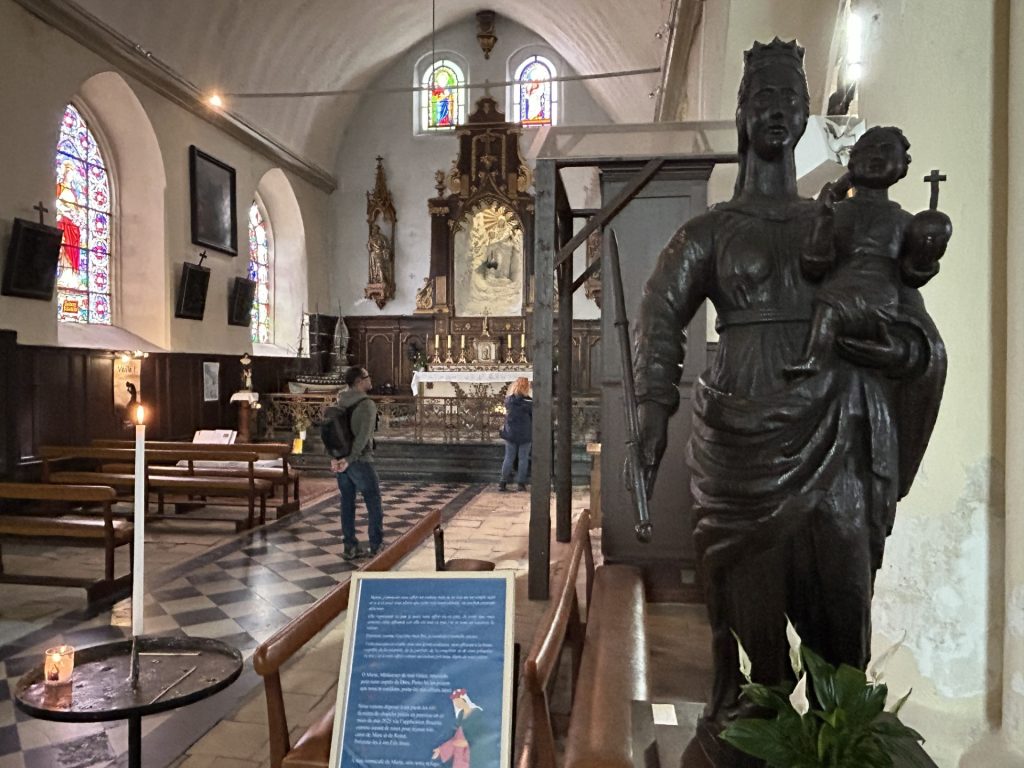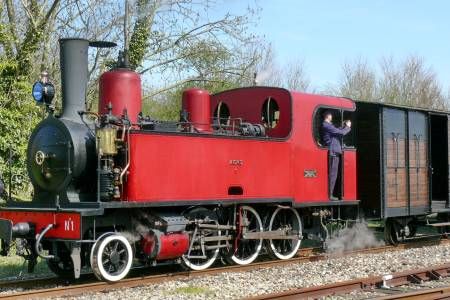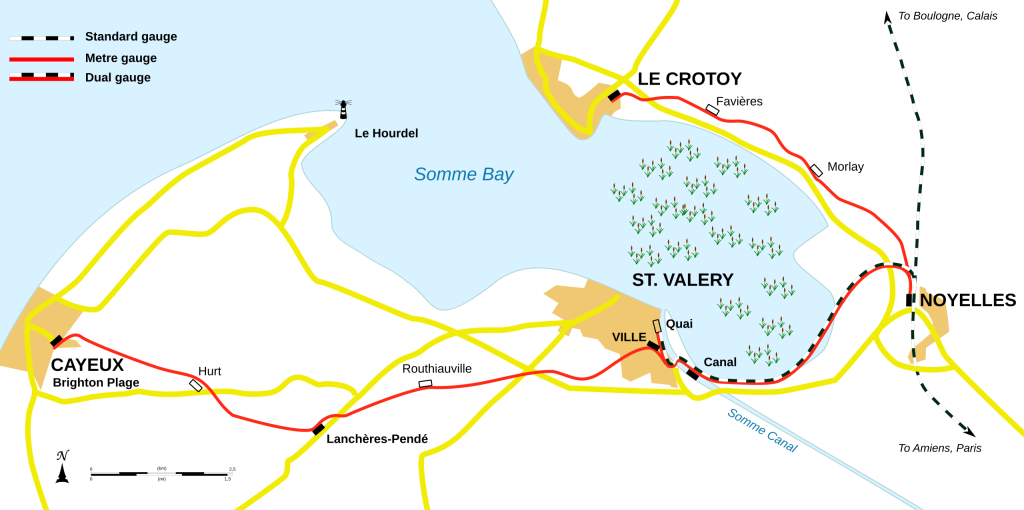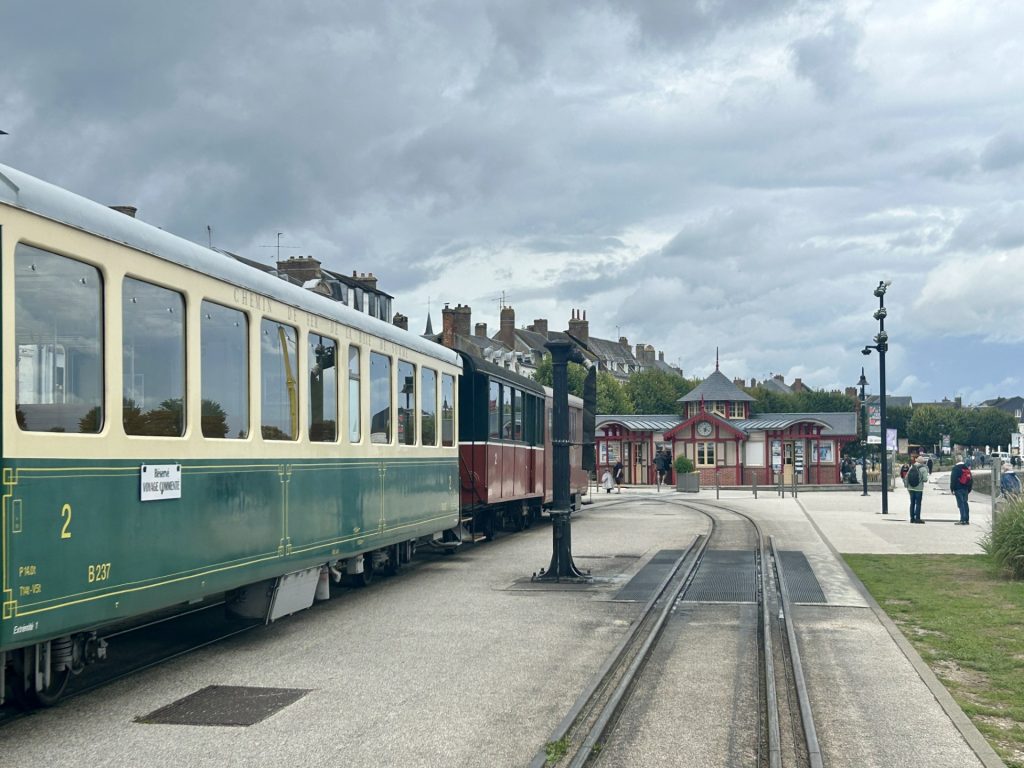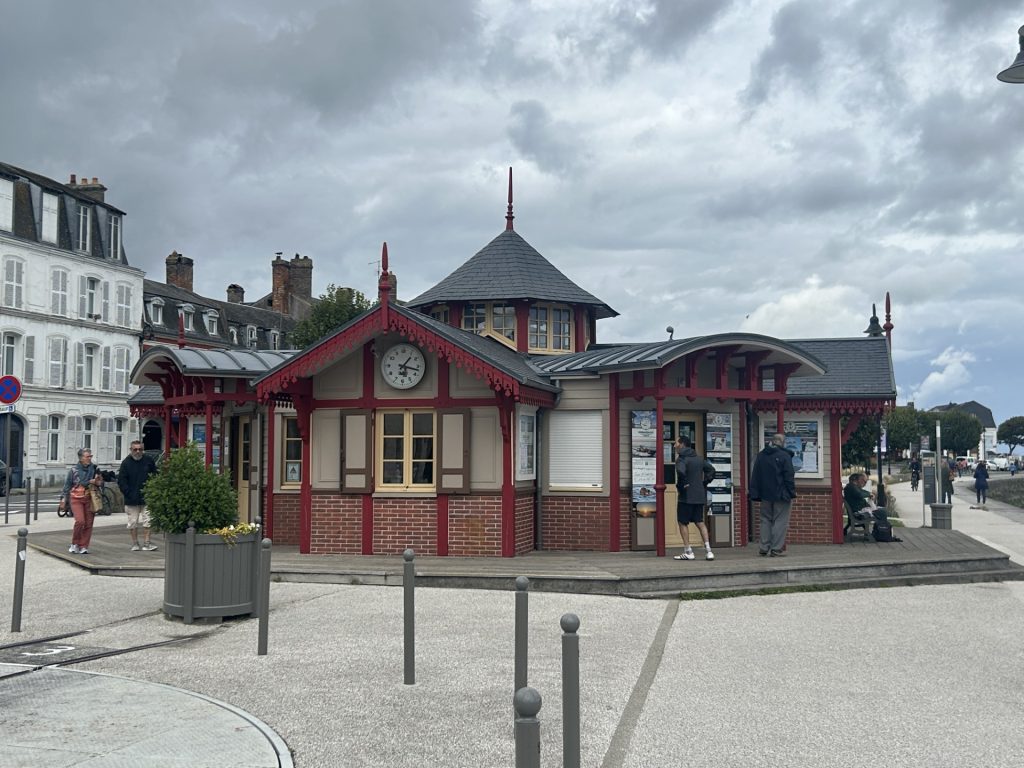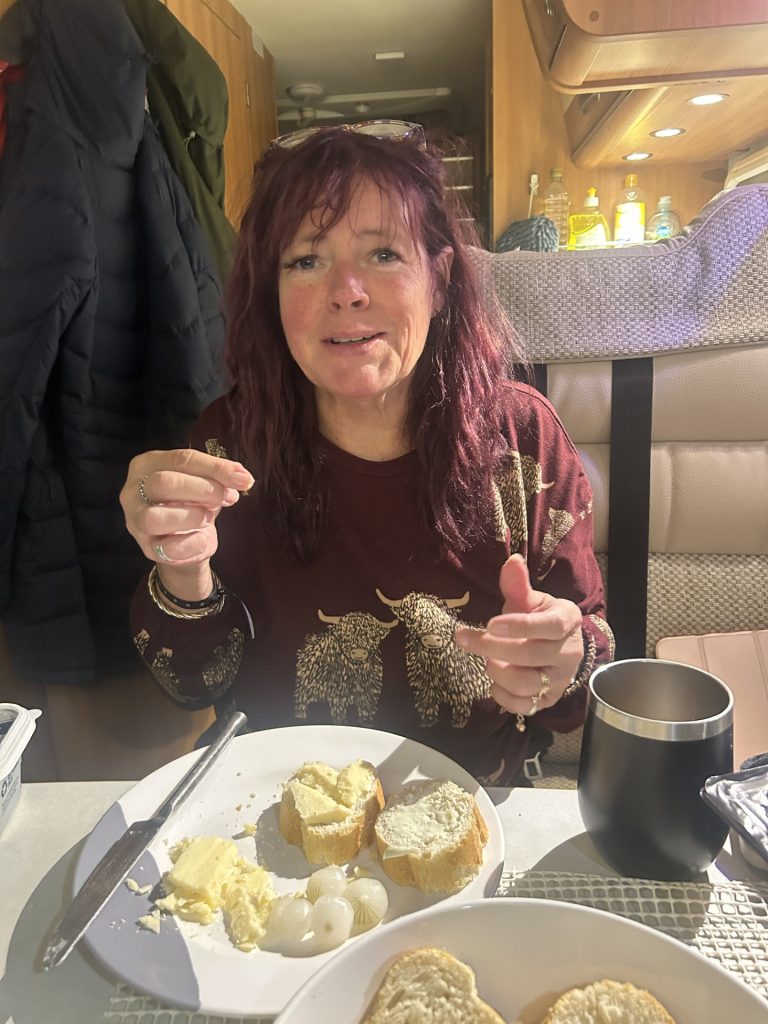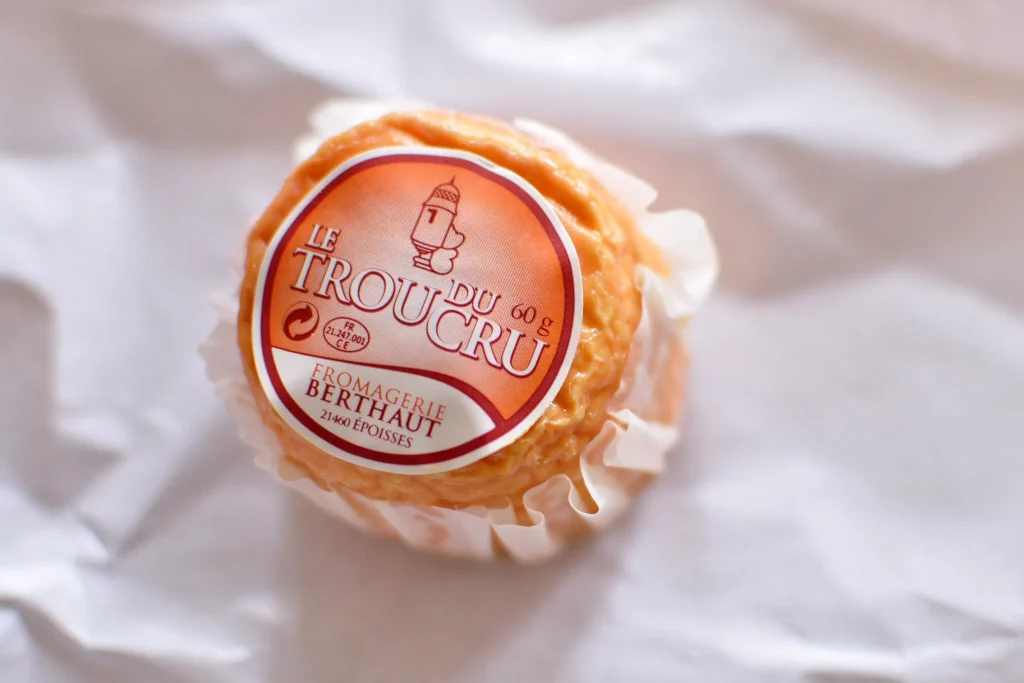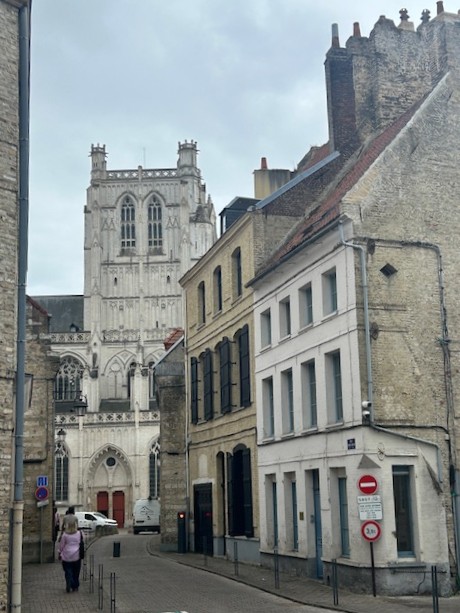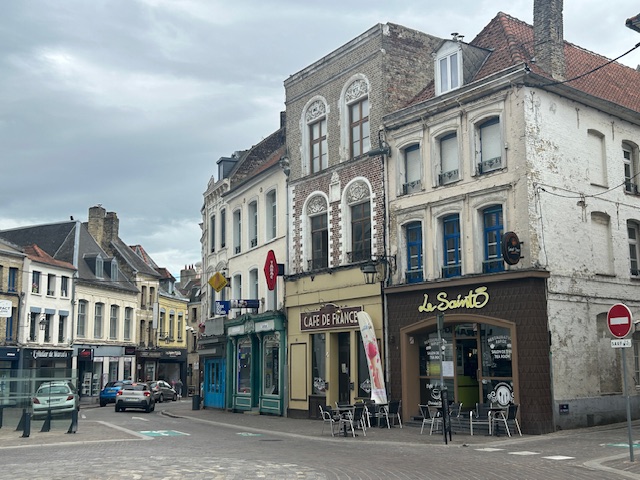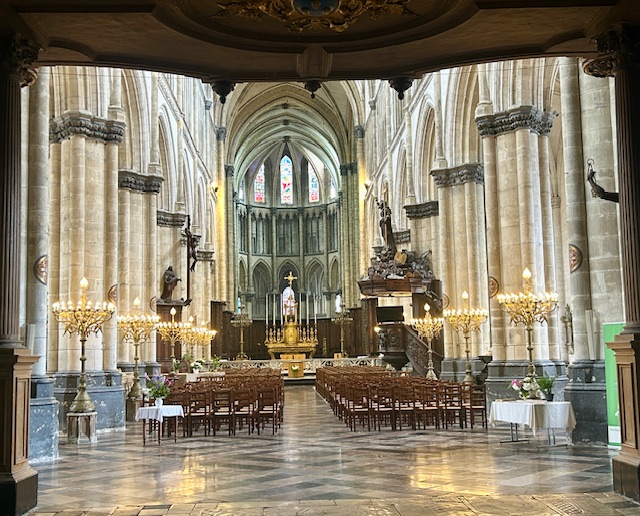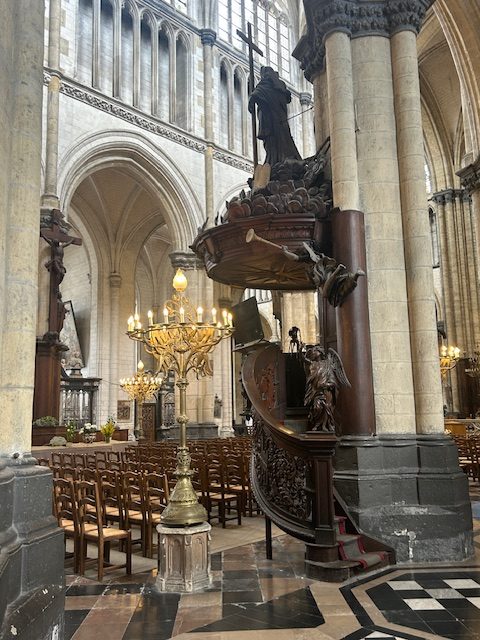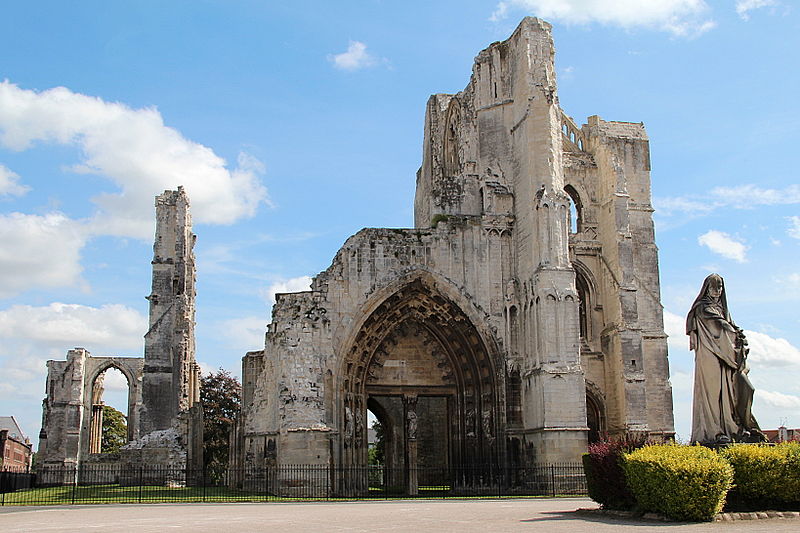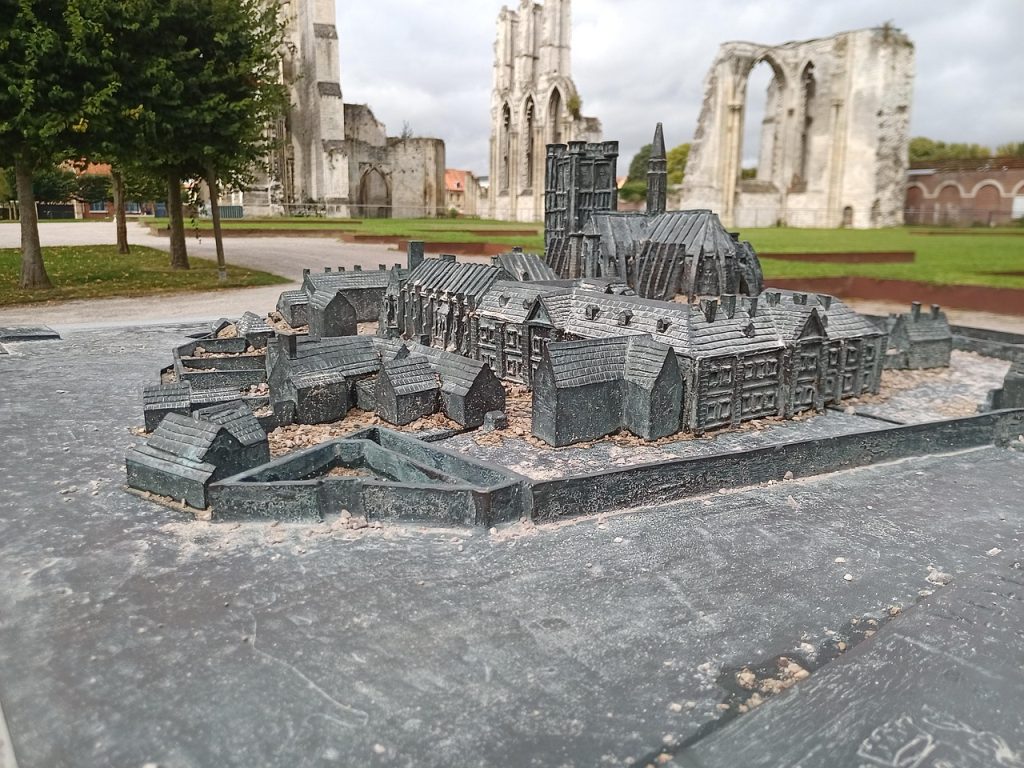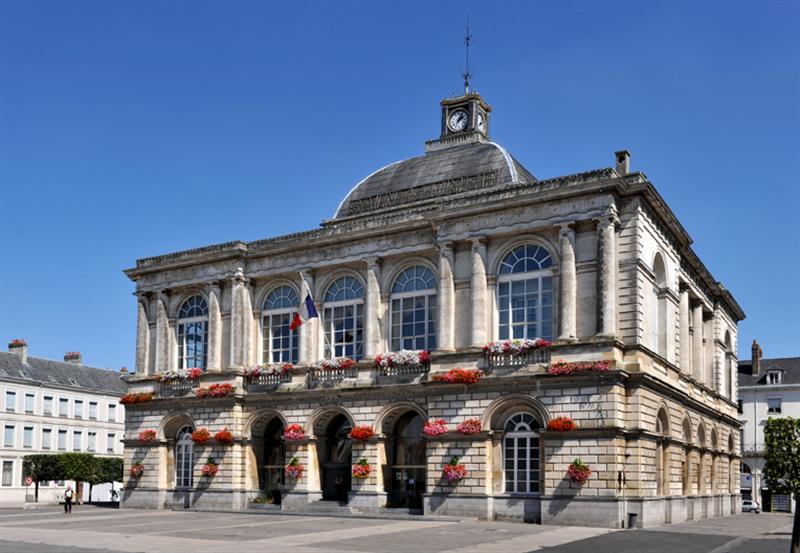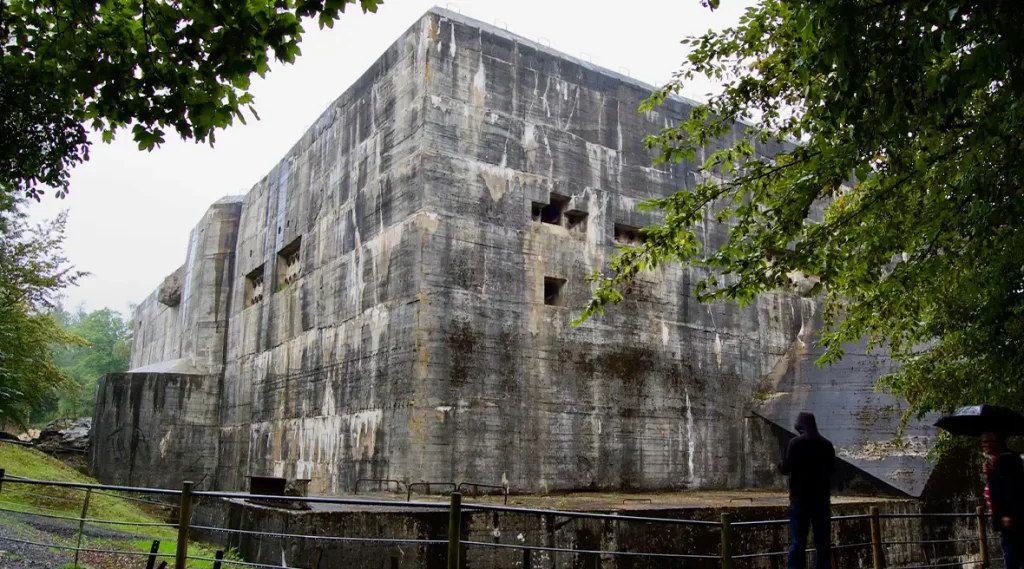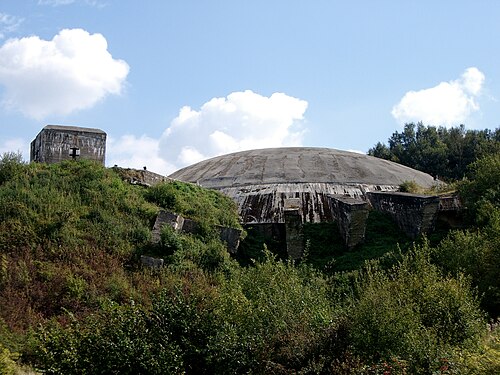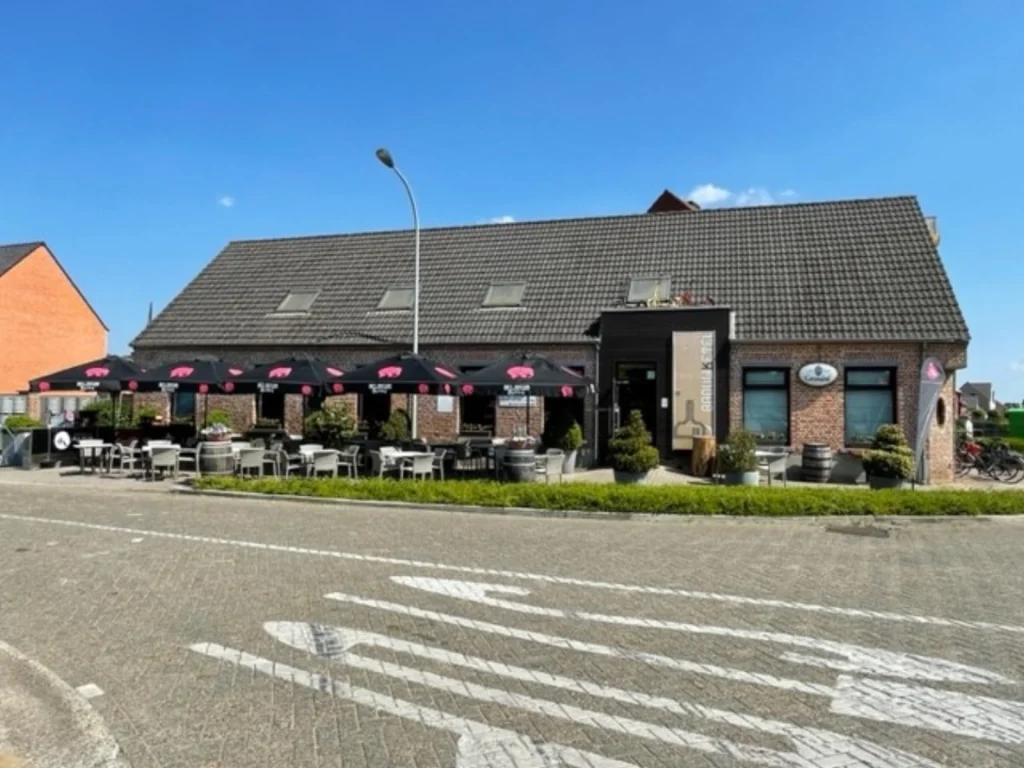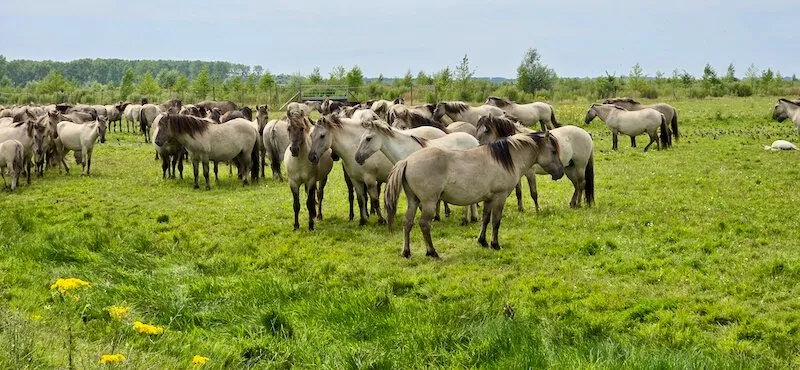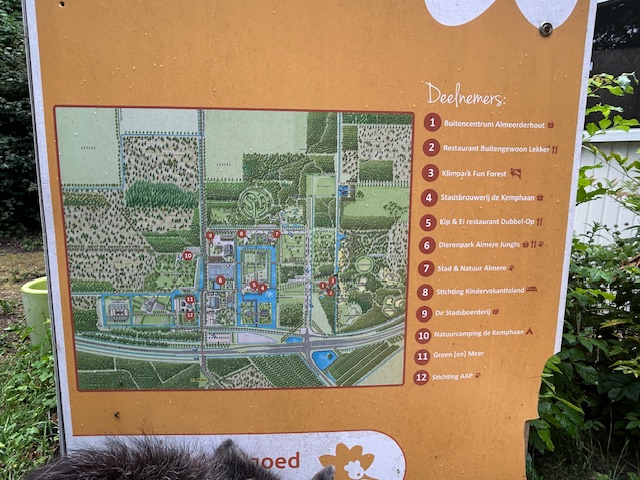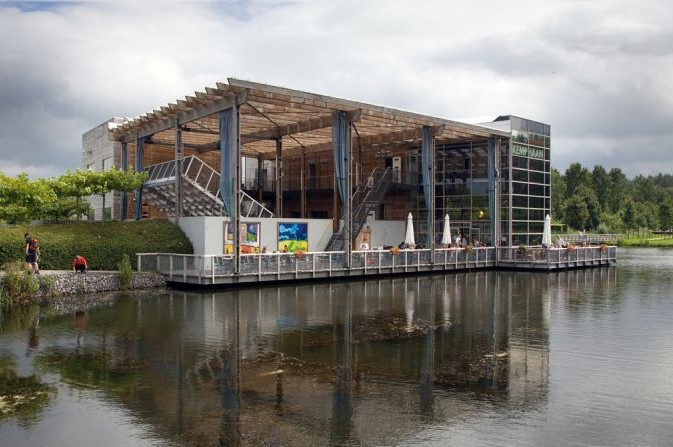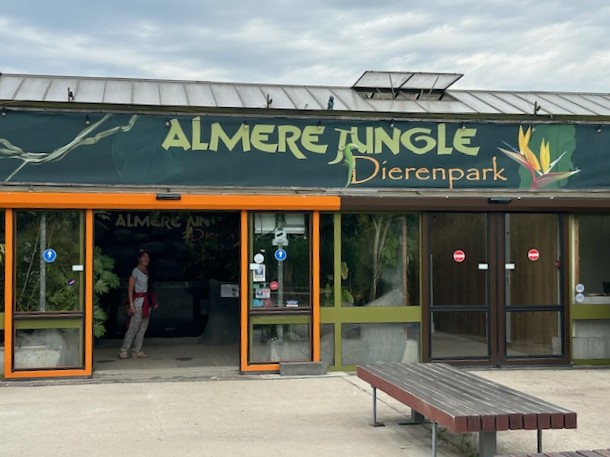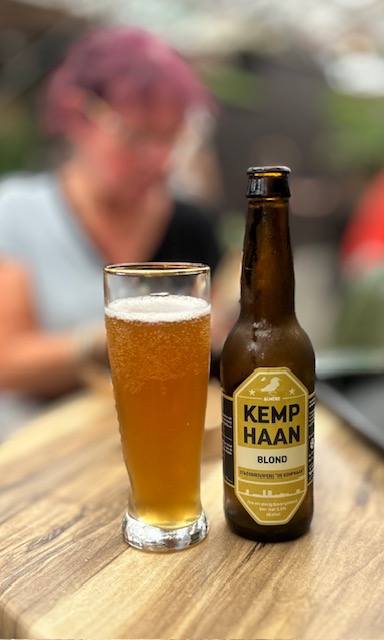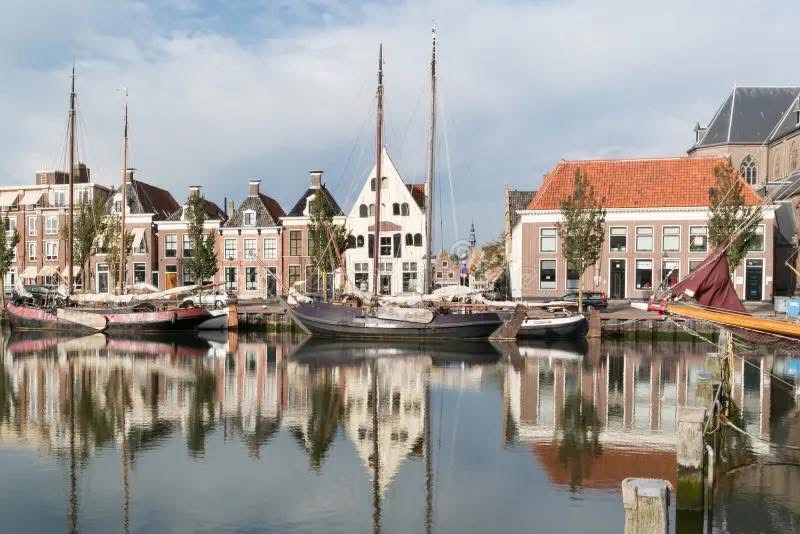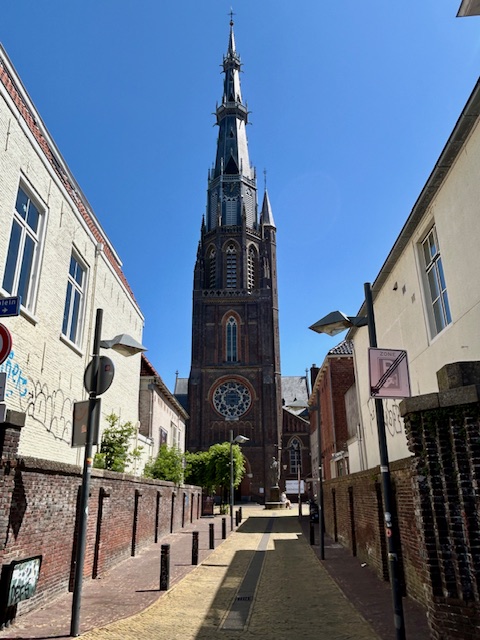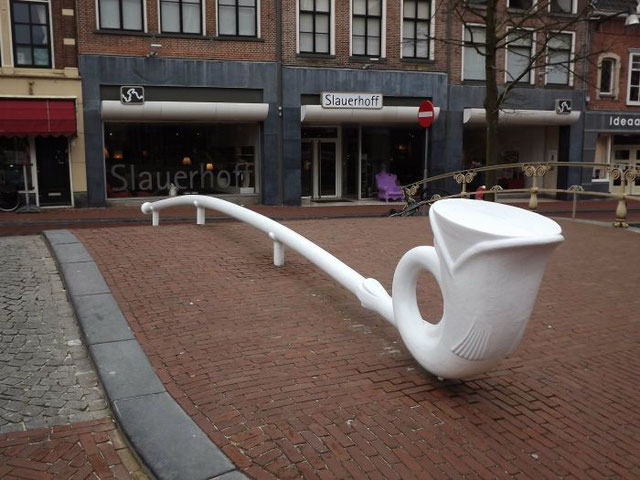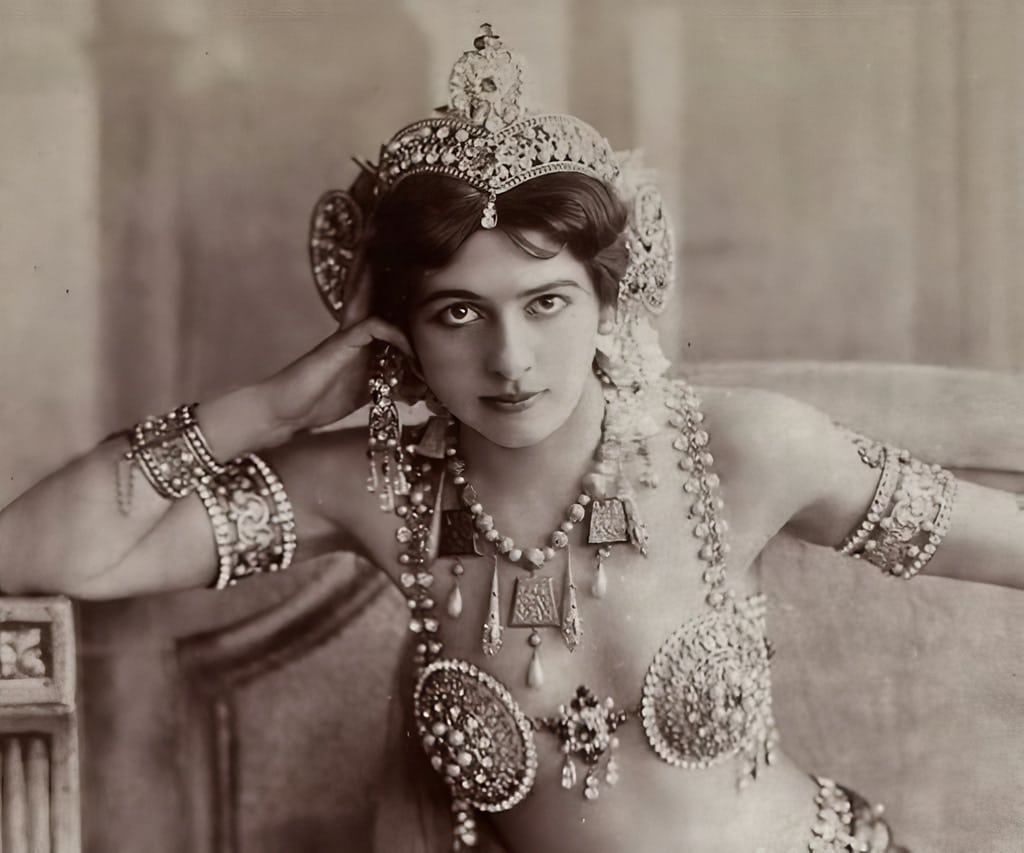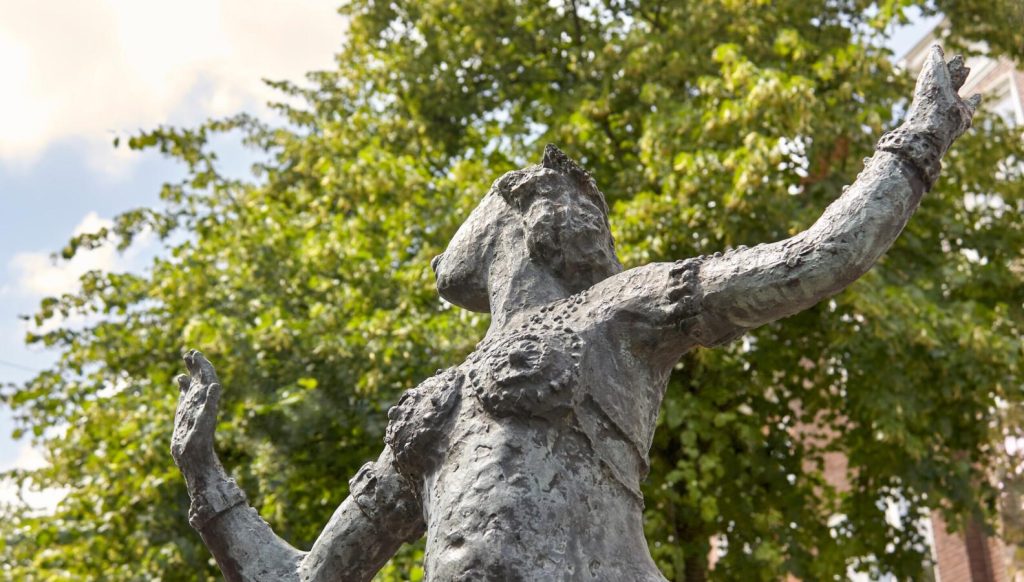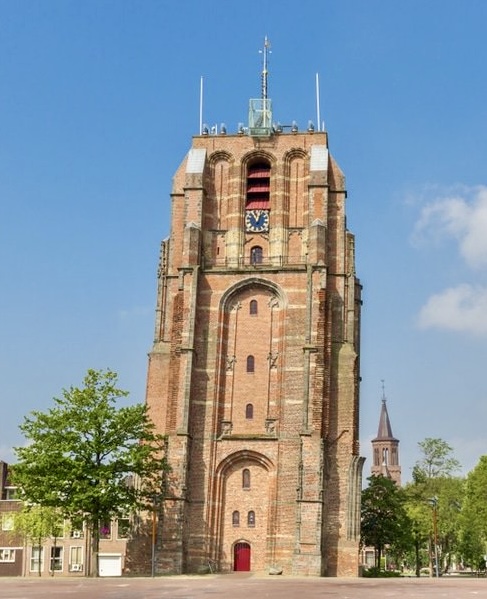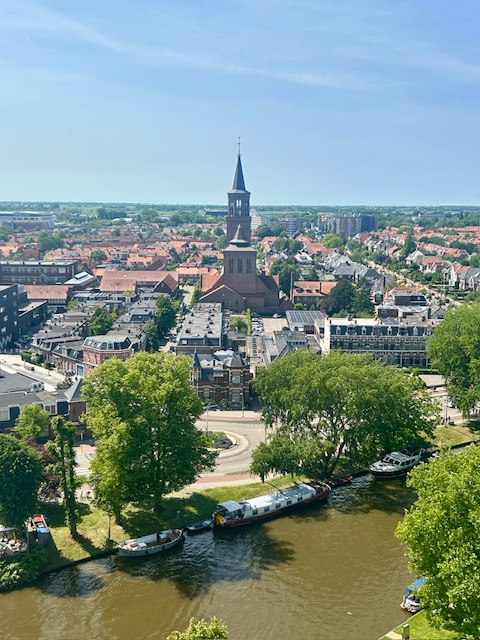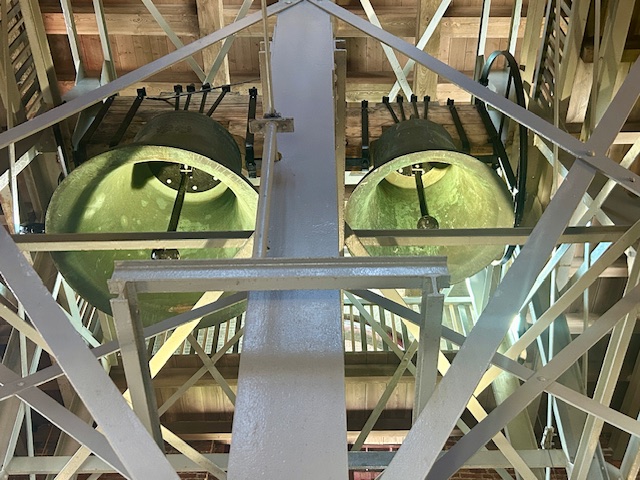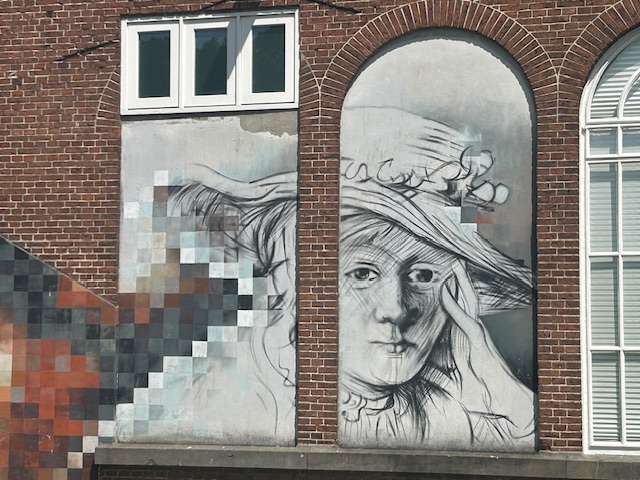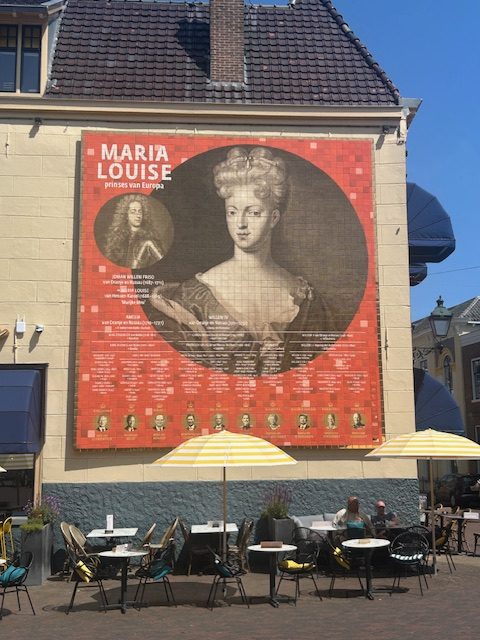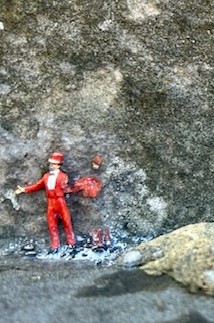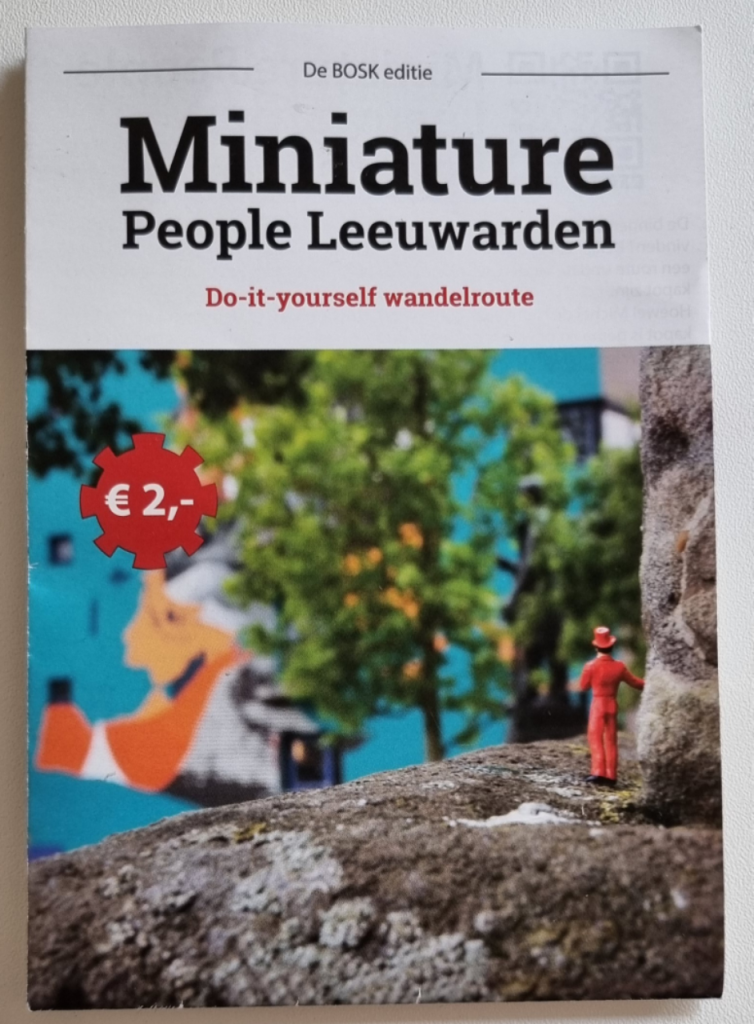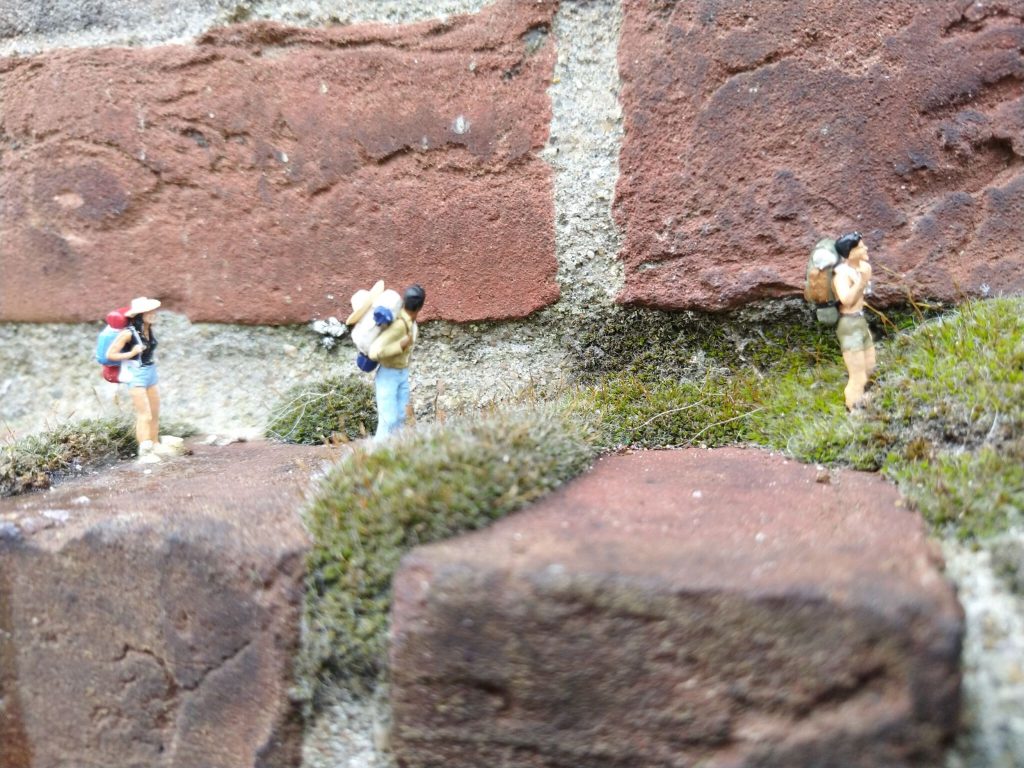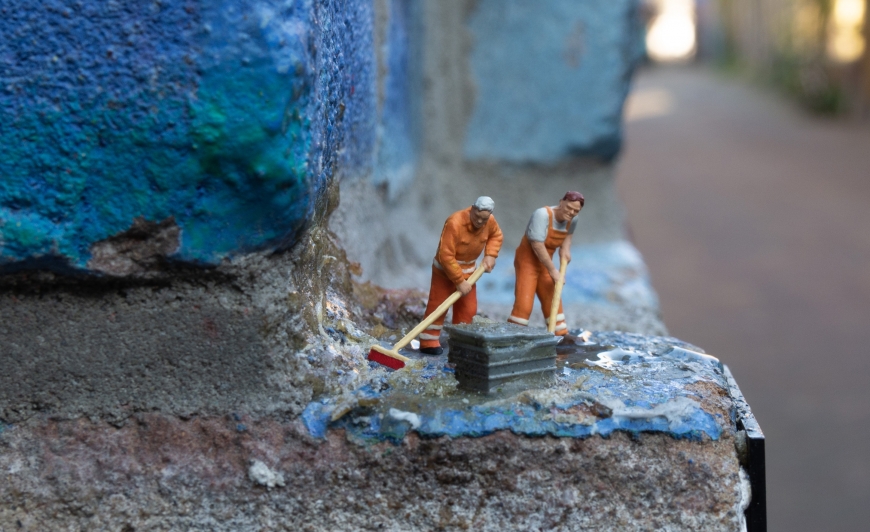We were on a day trip from Dole to Arbois when we decided to pause in the tiny village of La Ferte to check out the local cheese. We have long been fans of Comte Cheese and while travelling the D469 to Arbois through La Ferte we noticed La Fromagerie de la Ferte which specialises in the production of Comte to AOC standards. We decided to take a look…
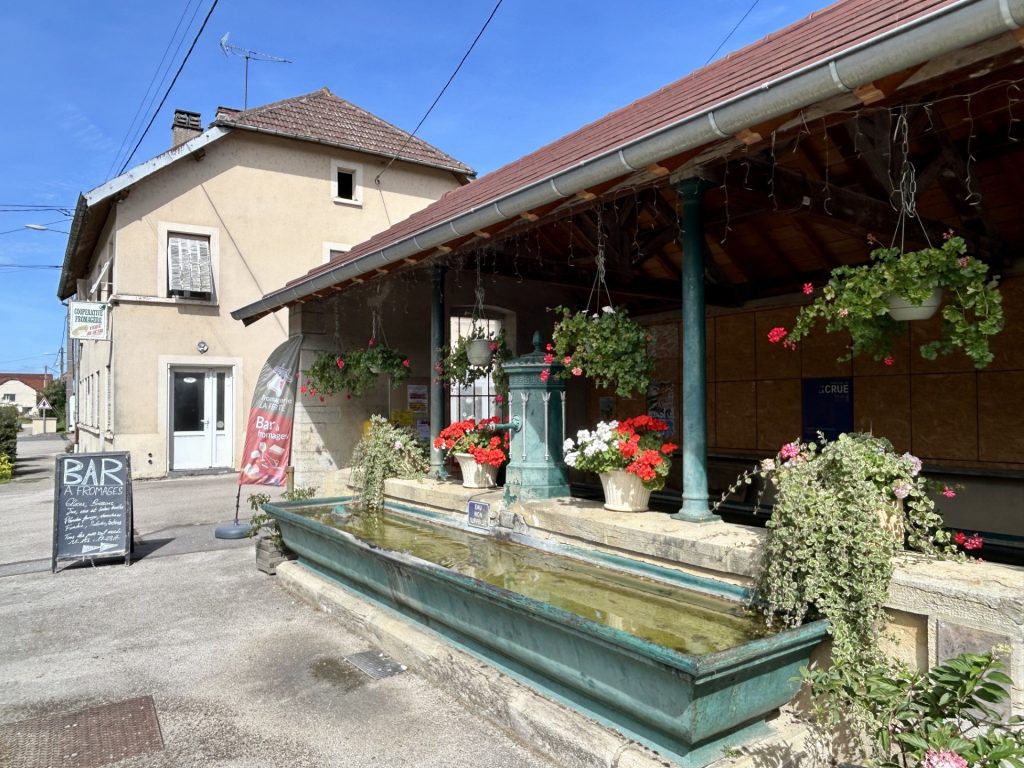
… and what a find! This cheese factory, unlike others we have seen, operates a ‘Cheese Bar’. It’s brand new, light and airy, with plenty of seating inside and outside and there’s sooo much cheese to see and eat.

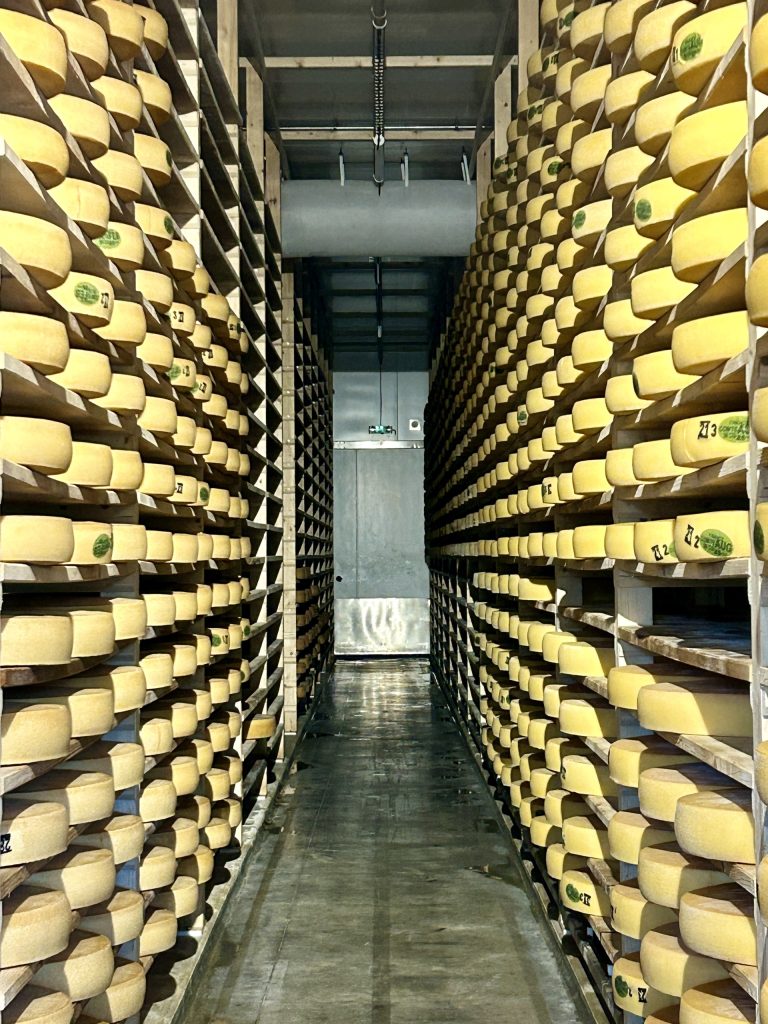
The staff proved attentive and well informed regarding the cheese and the menu offered plenty of choice. In addition to a selection of Comte cheese of varying ages) there was Morbier, Bleu de Gex, Raclette, Tomme and others. To accompany the cheese there was also a range of cold meats from Jura (dry cured ham, sausages and terrines) and a selection of locally produced craft beers. Oh and, of course, yellow wine. Yellow wine and Comte is a marriage made in heaven.
We settled down for a small feast with me opting for a mixed cheese and ham charcuterie washed down with one of the artisanal beers (the cheeses included Old Comte AOP, Fruity Comte AOP and Morbier) and Vanya going for a Comte Fondue which she made herself following instructions from one of the staff.
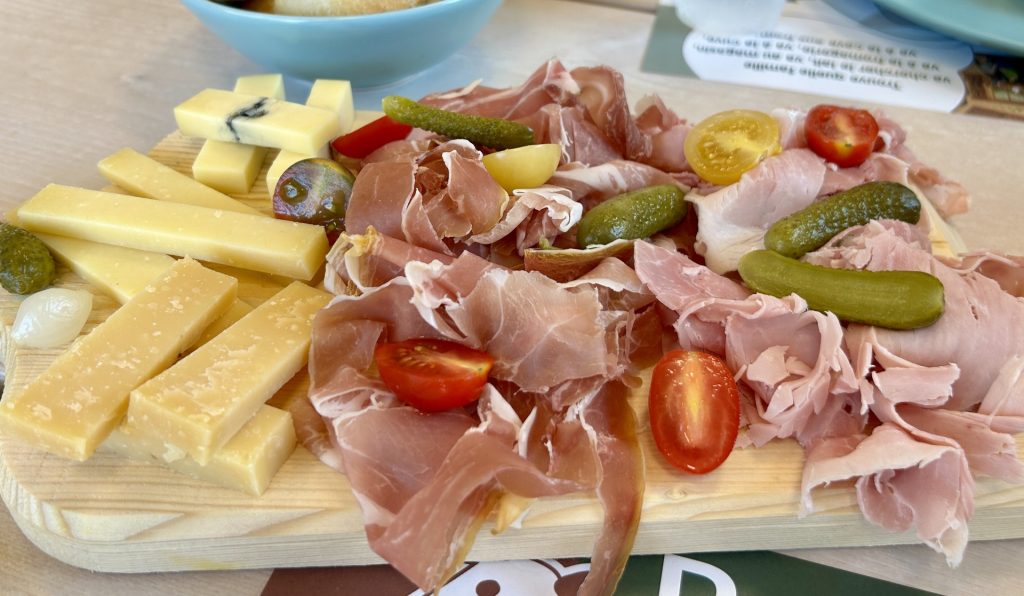
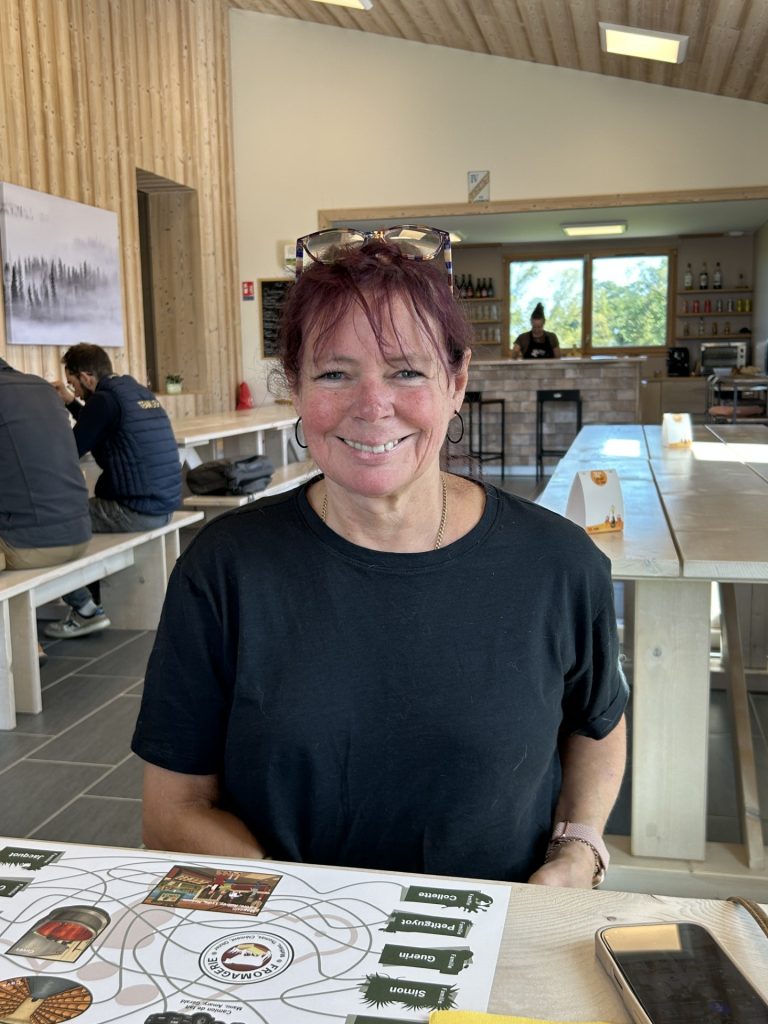
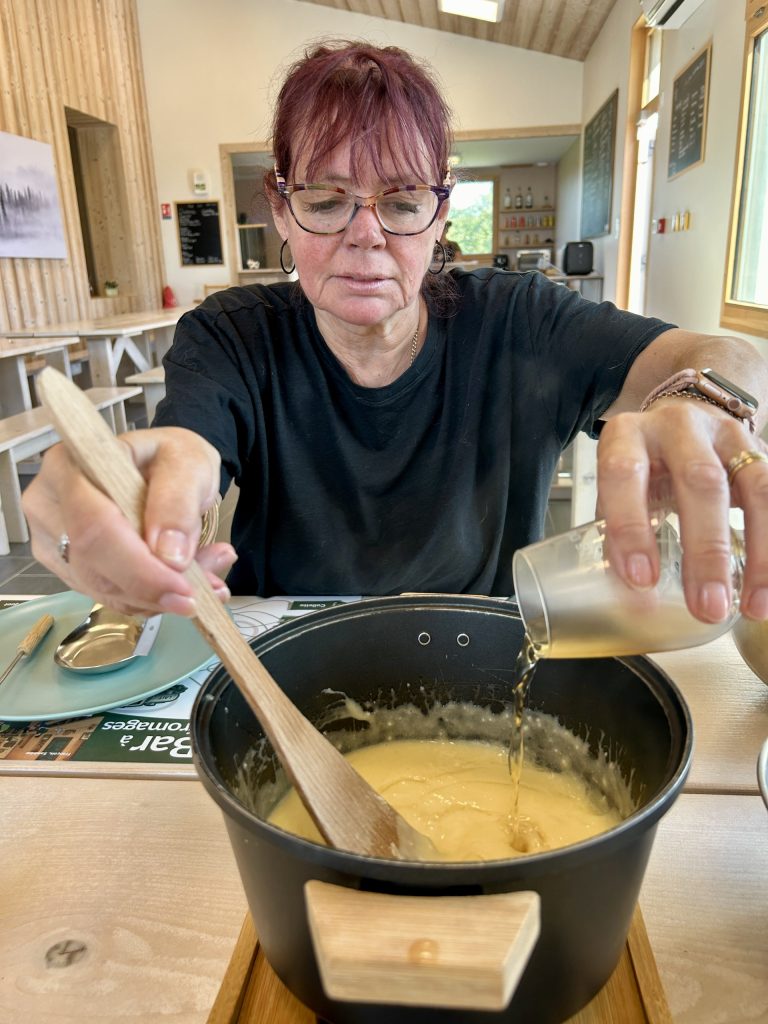
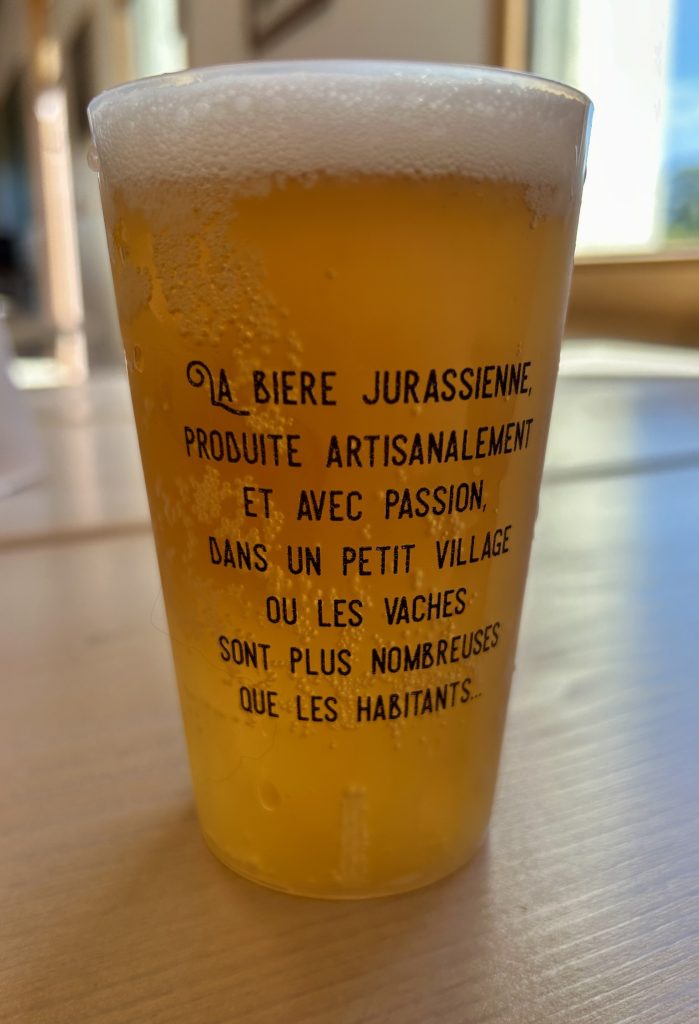
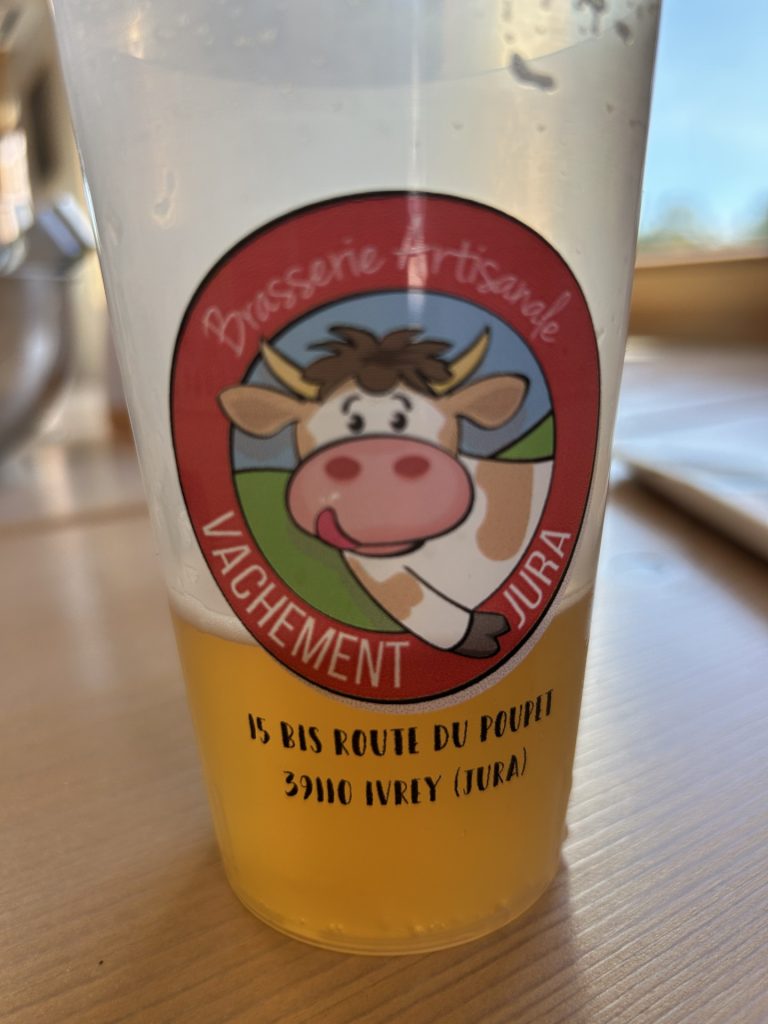
It was pure luck that took us to the Fromagerie de la Ferte but we’ll be back.
A little bit about the production of Comte Cheese in the event you’re interested…
(a) Comte is an unpasteurised cheese and part of the Gruyere family of cheeses. It is favoured by a great many of our top chefs.
(b) The milk used to make the cheese comes from Montbeliarde cows which eat only grass and hay and are recognizable by their dark red and white coats. They are milked twice a day at regular times to avoid stressing the animals.

(c) AOC recognition requires that Comte cheese be made with milk that is not transported more than 25 kilometres from where the cow was milked and within 24 hours of milking.
(d) The cow’s milk, with a fat content of not less than 45%, is transported to large copper vats. A few centilitres of natural rennet (obtained from the dried intestine of a calf) is added to help clot the milk and the resulting curd is then stirred and heated to 54 degrees centigrade for 1 hour. The curd is then drawn off and pressed into cheese wheel moulds before being stored in the fromagerie’s cellars to mature.
(e) The cheese must remain in the cellars for at least 4 months before it can be called Comte. Of course most of it will be matured for much longer. The average is 18 months but it is not unknown for Comte to be left for 36 months which makes for a considerably stronger tasting and more friable cheese.
(f) So many factors affect the taste of the cheese (e.g. the microclimate of the area the cheese is produced in, the time of the year the milk is collected, the time allowed for maturing etc) and every cheese wheel differs in terms of smell and taste – Just look at the aroma wheel below. Generally however, a young Comte will have a milkier taste and aromas, while more mature cheeses can have fruitier (citrus and hazlnut) and smoky flavours.
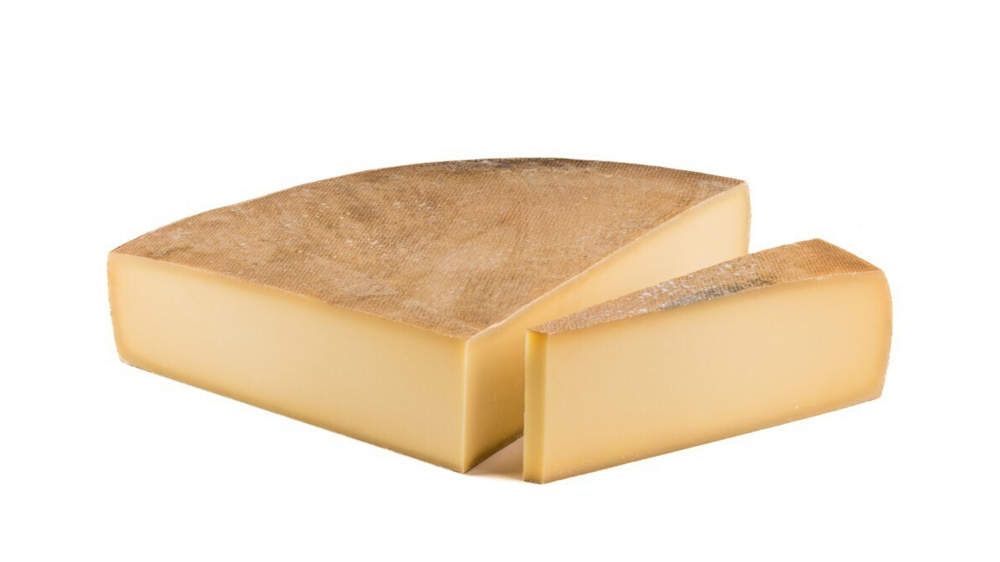
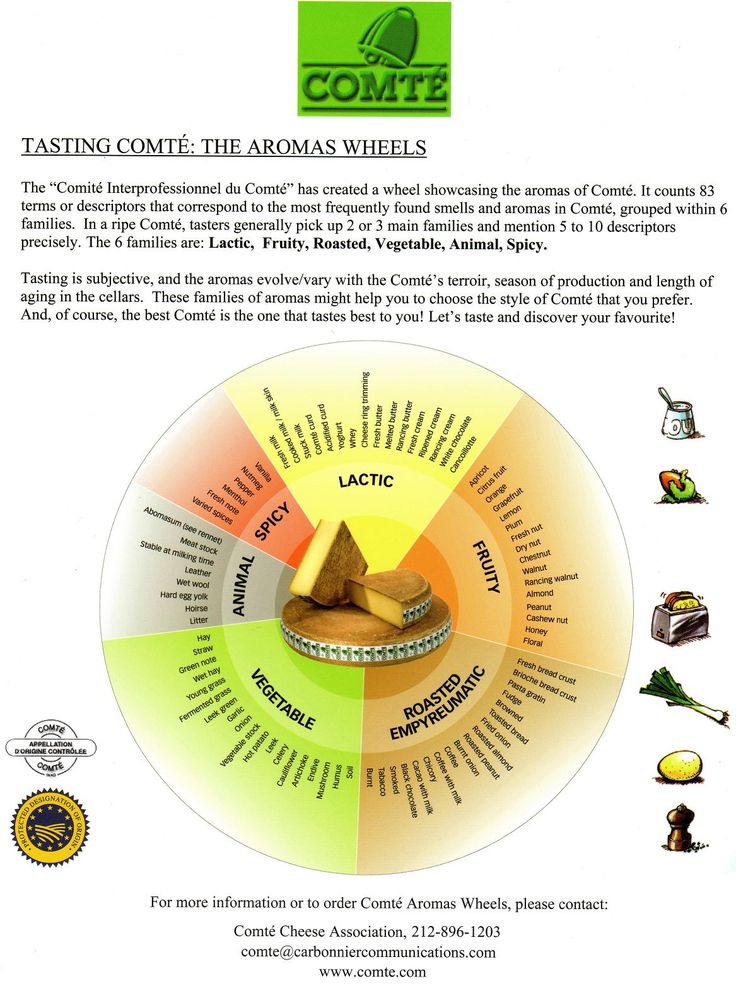
And on to Arbois….

